Korean living rooms masterfully blend traditional aesthetics with modern functionality, creating spaces that embody tranquility, simplicity, and natural harmony. Drawing inspiration from hanok architecture, ondol heating systems, and minimalist philosophies, these designs prioritize natural materials, neutral palettes, and purposeful furniture arrangements. Contemporary Korean interiors embrace both timeless elements like hanji screens and wooden accents alongside innovative approaches such as floor-level seating and multifunctional layouts. Whether incorporating traditional pottery, bamboo textures, or modern interpretations of classic Korean design principles, these living spaces offer serene sanctuaries that promote wellbeing and reflect Korea's rich cultural heritage through thoughtful, uncluttered environments.
1. Traditional Hanok Korean Living Room
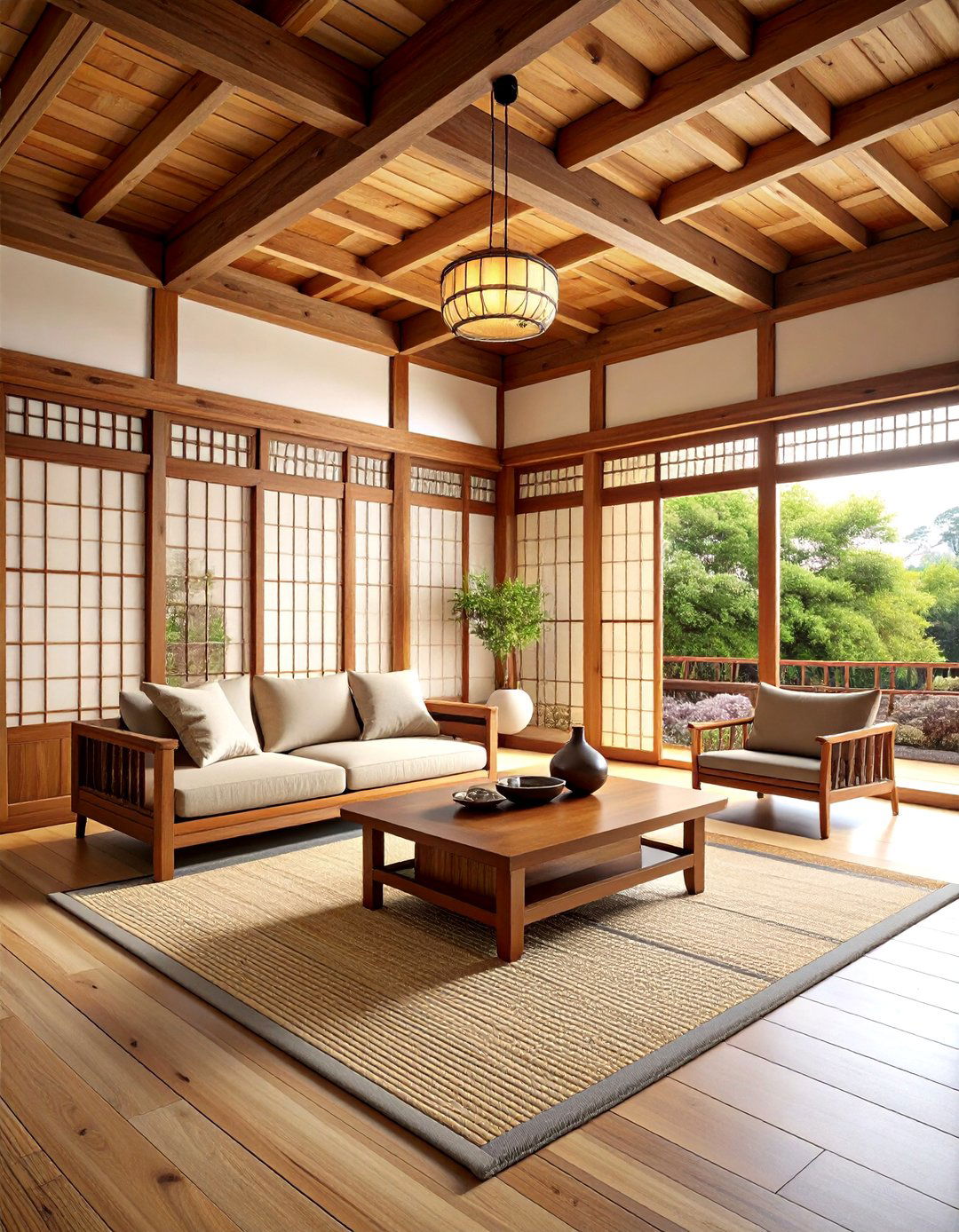
Embracing the essence of traditional Korean architecture, this living room design centers around hanok principles of natural harmony and seasonal adaptability. The space features exposed wooden beams, traditional clay tile accents, and natural stone elements that create warmth and authenticity. Low-profile furniture made from native woods like zelkova and pine complement the architectural framework, while traditional maru wooden flooring provides cooling comfort during warmer months. The design incorporates sliding hanji paper doors that filter natural light beautifully, creating gentle illumination throughout the space. Indoor courtyards or garden views are emphasized through strategic window placement, blurring the boundaries between interior and exterior spaces. This approach honors Korea's architectural heritage while providing modern comfort and functionality in a completely cohesive traditional aesthetic.
2. Modern Ondol Korean Living Room
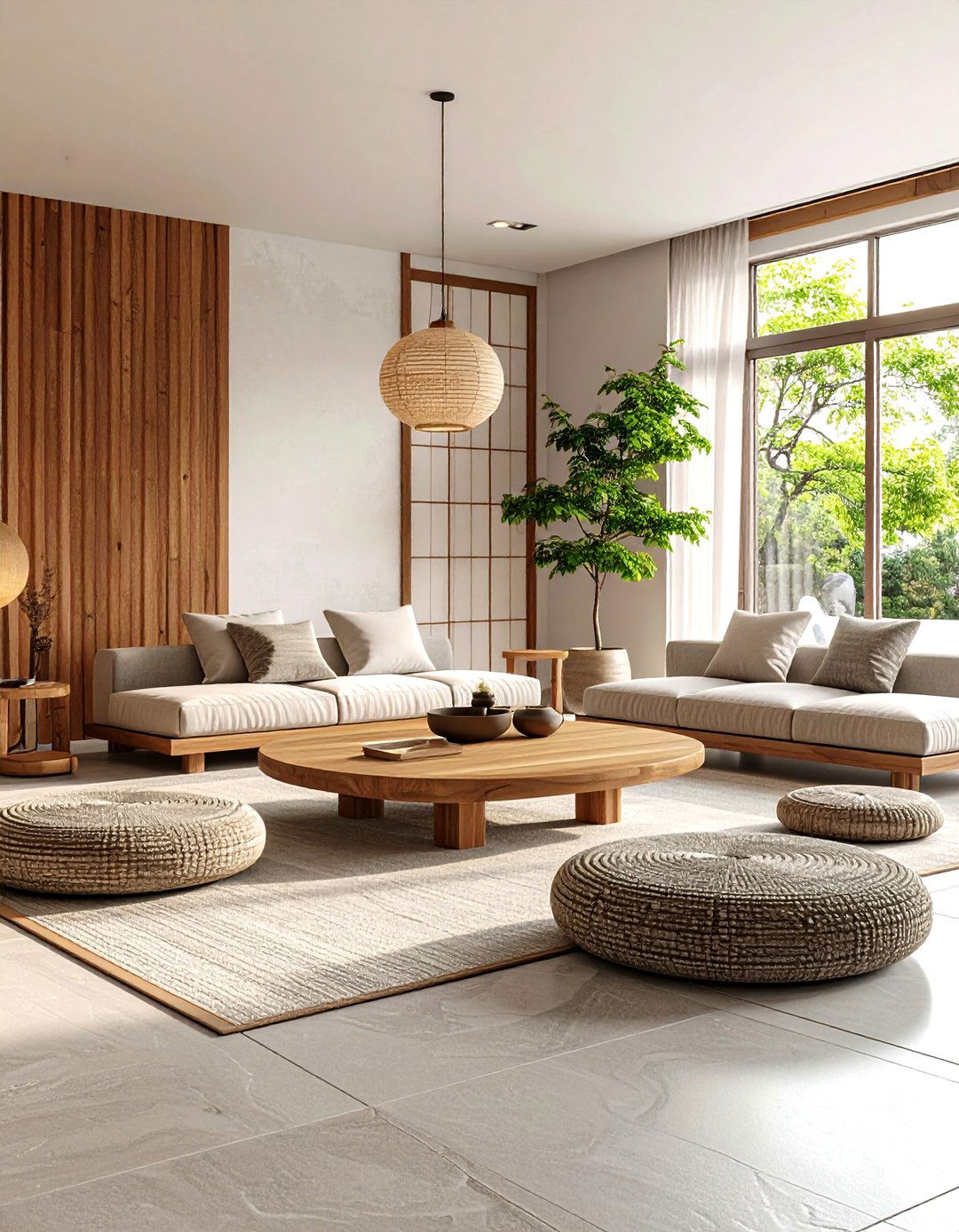
This contemporary interpretation of Korea's traditional underfloor heating system creates a cozy, floor-focused living environment perfect for modern lifestyles. The design features heated stone or ceramic flooring that radiates warmth throughout the space, encouraging floor-level activities and seating arrangements. Modern ondol systems use radiant heating technology concealed beneath sleek surfaces, maintaining the traditional concept while offering contemporary convenience. Low furniture pieces, including floor cushions, platform sofas, and coffee tables, are strategically placed to maximize the comfort of the warm floors. The color palette consists of warm earth tones and natural materials that complement the heating system's cozy atmosphere. This living room design celebrates the Korean tradition of living close to the floor while incorporating modern amenities and stylish furnishings.
3. Hanji Paper Screen Korean Living Room

Featuring Korea's traditional mulberry paper as a central design element, this living room creates ethereal lighting and flexible space division. Hanji screens serve multiple purposes, acting as room dividers, window treatments, and decorative focal points that diffuse natural light into soft, ambient illumination. The translucent quality of hanji paper allows privacy while maintaining visual connection between spaces, creating an open yet intimate atmosphere. Wooden frame screens can be moved and adjusted according to functional needs, embodying Korean principles of adaptability and efficiency. The surrounding decor emphasizes natural textures and neutral colors that complement the paper's organic beauty. Modern interpretations incorporate backlit hanji panels or contemporary geometric patterns while maintaining the material's traditional craftsmanship. This design approach celebrates Korean papermaking artistry while providing practical solutions for modern living.
4. Natural Wood Korean Living Room
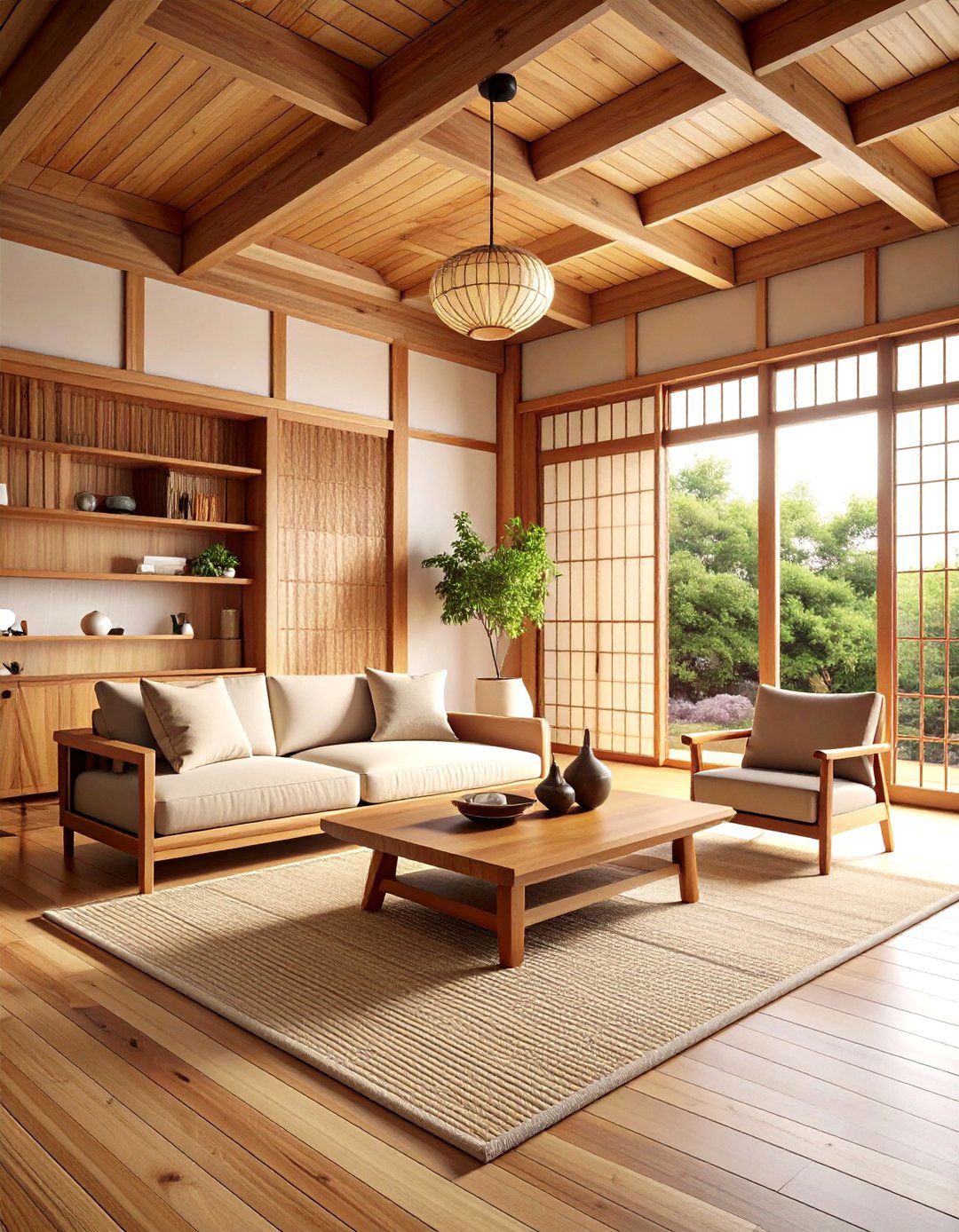
Wood takes center stage in this warm, organic living room design that celebrates Korea's deep connection to natural materials. The space features furniture crafted from indigenous woods like oak, pine, and bamboo, each piece showcasing natural grain patterns and textures. Wooden wall panels, ceiling beams, and flooring create a cohesive environment that feels both rustic and refined. The design incorporates various wood tones and finishes, from light pine to rich walnut, creating depth and visual interest while maintaining harmony. Traditional Korean joinery techniques are highlighted in custom furniture pieces, demonstrating exceptional craftsmanship and attention to detail. Natural wood elements are complemented by minimal metal accents and soft textiles in neutral tones. This living room design honors Korea's woodworking traditions while creating a contemporary space that feels grounded, warm, and authentically connected to nature.
5. Minimalist Korean Living Room
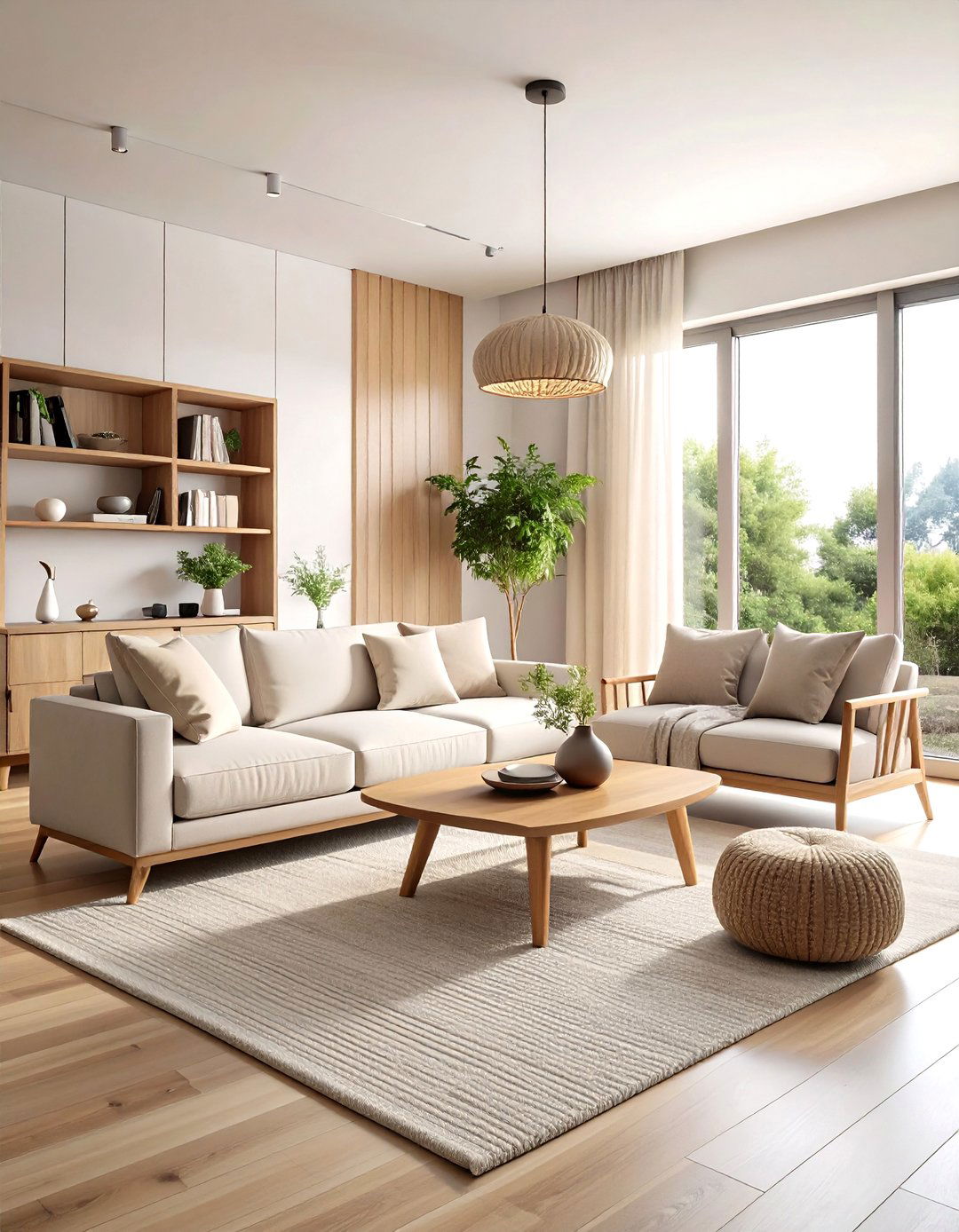
This serene living space embodies the Korean philosophy of "less is more" through carefully curated elements and uncluttered arrangements. The design features clean lines, simple geometric forms, and a neutral color palette dominated by whites, beiges, and soft grays. Furniture pieces are selected for both aesthetic appeal and functionality, with each item serving multiple purposes while maintaining visual lightness. Storage solutions are integrated seamlessly into the design, keeping surfaces clear and promoting a sense of calm. The space emphasizes negative space as much as filled areas, creating breathing room that allows each element to shine. Natural materials like wood and stone provide warmth without overwhelming the minimalist aesthetic. This living room design demonstrates how Korean minimalism creates peaceful, sophisticated environments that support both relaxation and contemplation through thoughtful restraint.
6. Floor Seating Korean Living Room
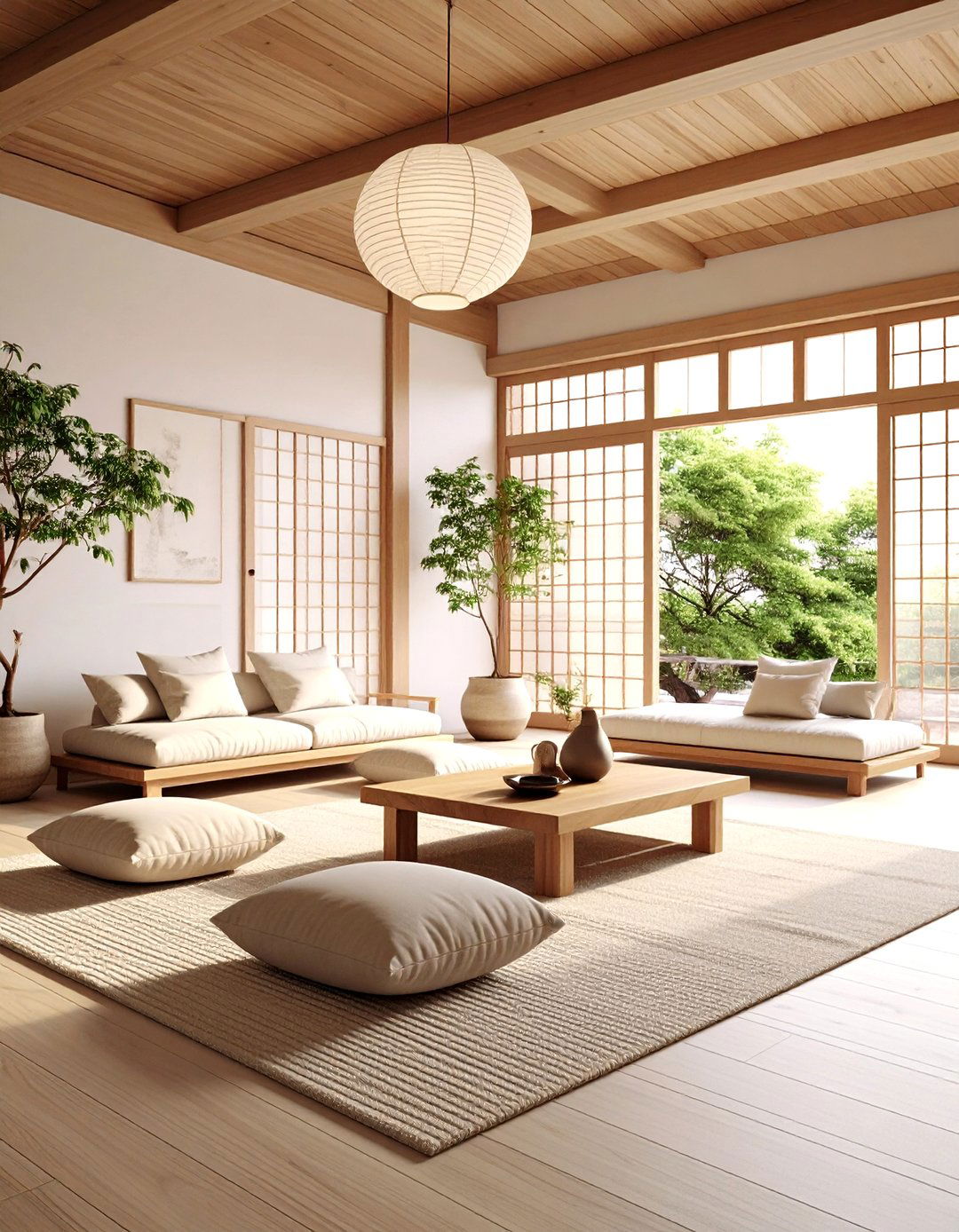
This traditional seating arrangement transforms the living room into an intimate, community-focused space centered around floor-level comfort. The design features yo cushions, juk bamboo mats, and low soban tables that encourage relaxed, cross-legged seating typical of Korean culture. Heated floors provide warmth and comfort for extended floor sitting, while soft textiles and cushions in natural fibers add comfort and visual appeal. The low perspective creates a unique spatial experience that feels both grounded and expansive, with sight lines that emphasize horizontal elements and natural views. Traditional Korean patterns and colors are incorporated through cushions, throws, and small decorative elements. Modern adaptations include adjustable floor cushions and ergonomic support systems that maintain traditional aesthetics while accommodating contemporary comfort needs. This living room design celebrates Korean communal traditions while creating a unique, culturally authentic gathering space.
7. Neutral Palette Korean Living Room
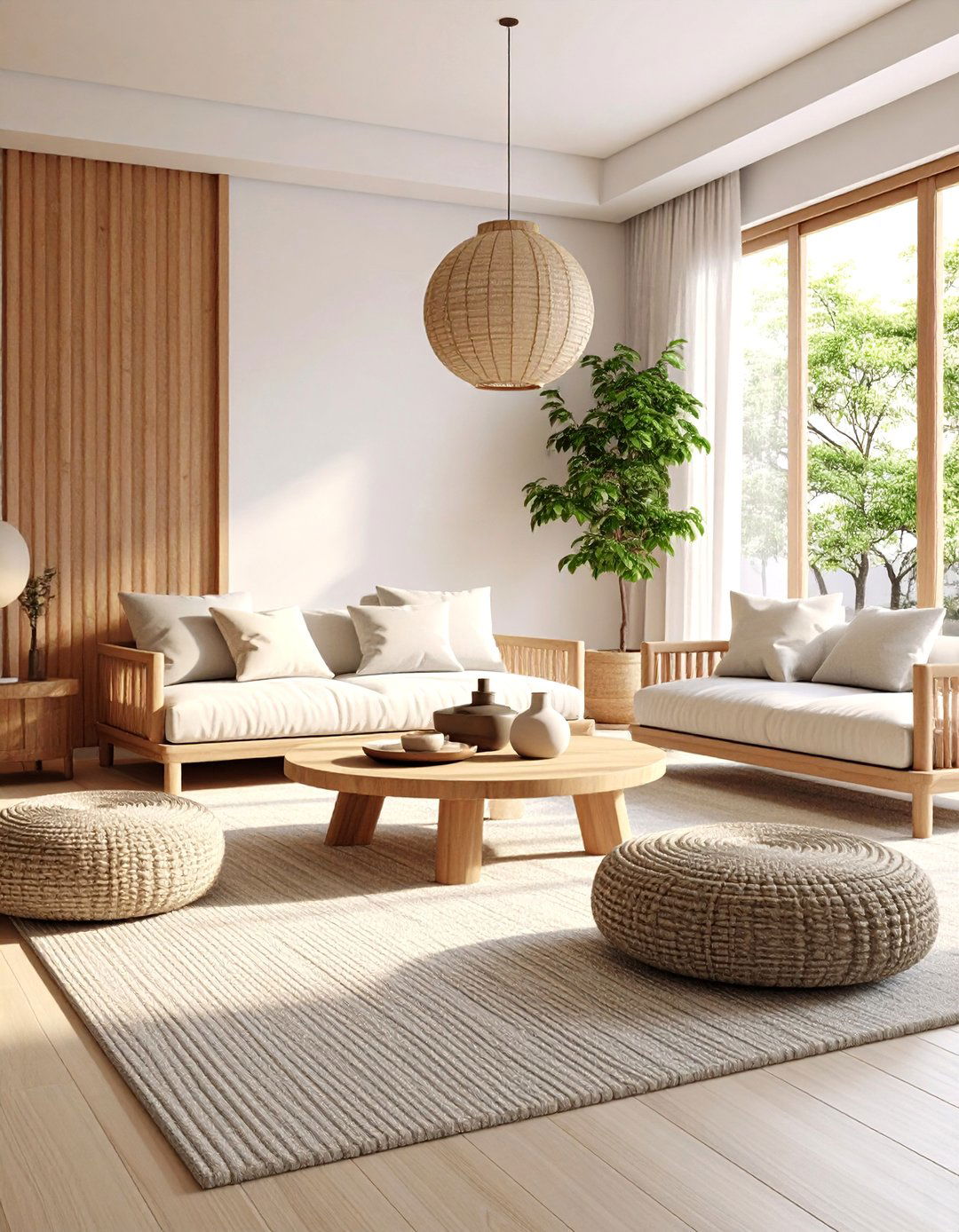
This sophisticated color scheme creates a calming foundation using Korea's traditional preference for understated, natural hues. The palette centers around warm whites, soft beiges, gentle grays, and earth tones that reflect Korea's natural landscapes. These colors are layered through various textures and materials, creating depth without overwhelming the senses. Natural materials like linen, cotton, and wool add subtle variations in tone and texture while maintaining the overall serene atmosphere. The design incorporates traditional Korean ceramics and pottery in complementary neutral shades, adding cultural authenticity without disrupting the cohesive color story. Soft lighting enhances the palette's warmth, creating an environment that feels both elegant and approachable. This living room design demonstrates how neutral colors can create sophisticated, timeless spaces that feel both modern and rooted in Korean aesthetic traditions.
8. Contemporary K-Style Korean Living Room
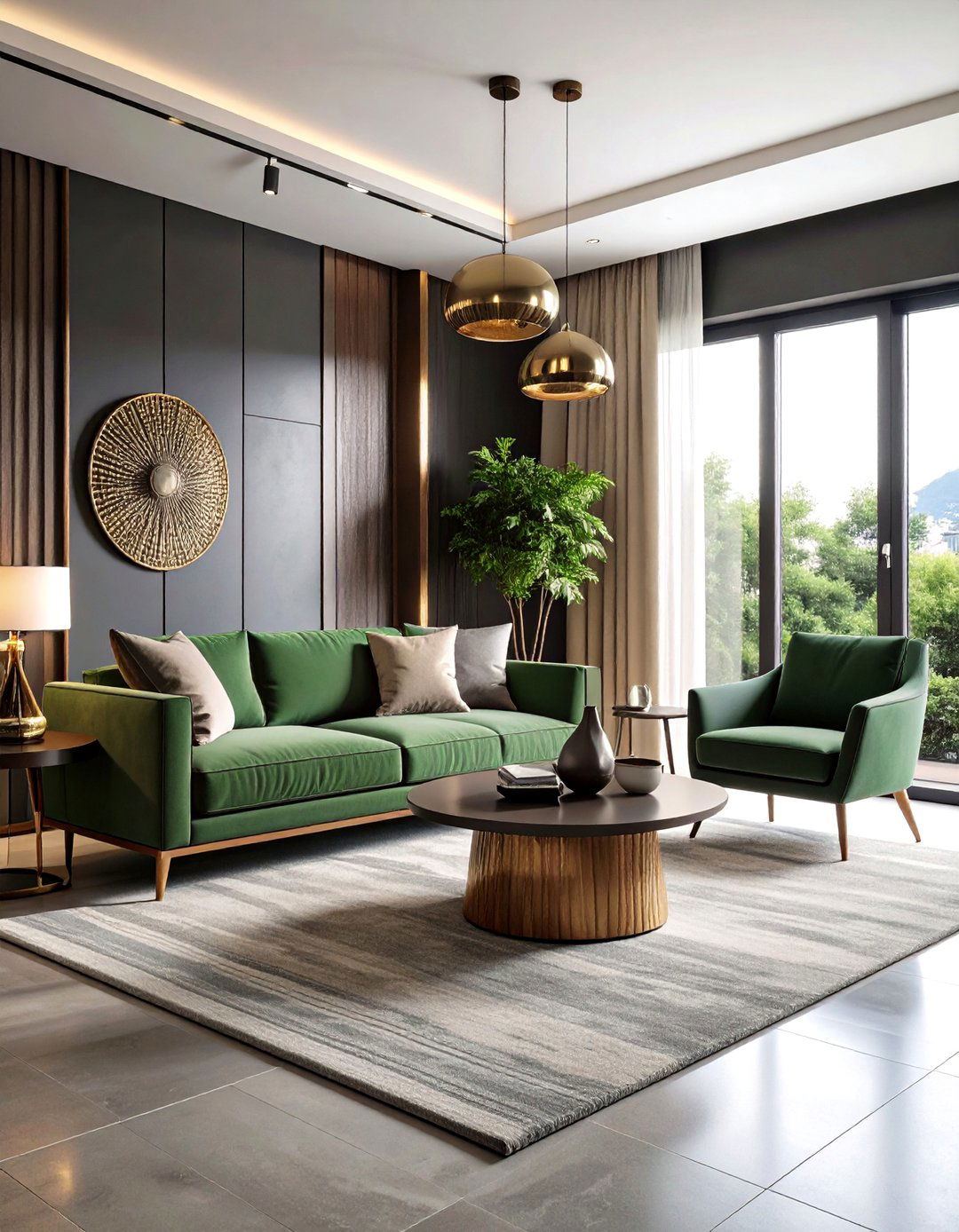
This modern interpretation of Korean aesthetics blends traditional elements with cutting-edge design trends popular in contemporary Seoul. The space features sleek furniture with clean lines, innovative materials, and technology integration that reflects Korea's position as a global design leader. Traditional elements like wooden accents and natural materials are reimagined through contemporary manufacturing techniques and modern proportions. The design incorporates geometric patterns, metallic accents, and bold lighting fixtures that create visual interest while maintaining Korean principles of harmony and balance. Smart home technology is seamlessly integrated, with hidden screens, automated lighting, and climate control systems that enhance comfort without disrupting the aesthetic. This living room design represents the evolution of Korean style, showing how traditional values can be expressed through modern design languages and contemporary materials.
9. Sliding Door Korean Living Room

This flexible living space utilizes traditional Korean sliding door systems to create adaptable environments that can be reconfigured according to changing needs. The design features wooden-framed sliding panels that can divide or open spaces instantly, providing privacy or creating larger gathering areas as needed. Modern interpretations use glass, fabric, or contemporary materials while maintaining the traditional sliding mechanism's functionality. The doors serve both practical and aesthetic purposes, creating visual interest through their geometric patterns and material choices. When open, the space flows seamlessly, embodying Korean principles of spatial flexibility and efficiency. The surrounding decor emphasizes the doors' beauty through complementary colors and textures. This living room design celebrates Korean innovation in space utilization while providing contemporary solutions for modern living needs through adaptable, beautiful architectural elements.
10. Korean Pottery and Art Living Room
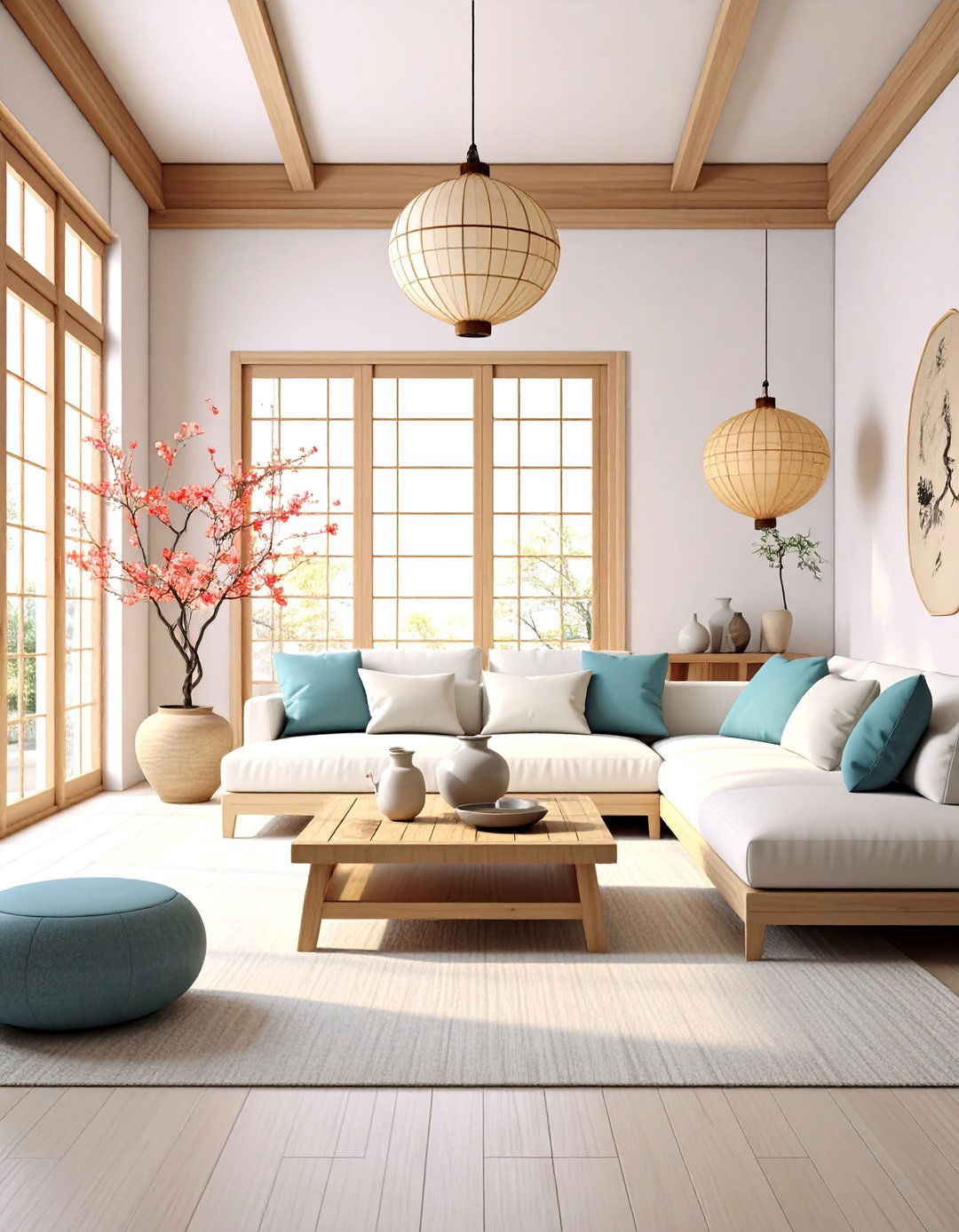
This culturally rich living space showcases Korea's exceptional ceramic traditions and artistic heritage through carefully curated displays and integrated design elements. The room features traditional celadon vases, contemporary Korean ceramics, and handcrafted pottery pieces that serve both functional and decorative purposes. Korean calligraphy, traditional paintings, and modern artistic interpretations create focal points that celebrate the country's cultural depth. The design incorporates display niches, floating shelves, and integrated lighting that highlights artworks while maintaining the space's overall harmony. Traditional Korean patterns and motifs are subtly referenced through textiles, accessories, and decorative details. The color palette supports the artwork, using neutral backgrounds that allow cultural pieces to shine. This living room design demonstrates how Korean art and craftsmanship can be integrated into modern living spaces, creating environments that are both beautiful and culturally meaningful.
11. Bamboo and Natural Fiber Korean Living Room
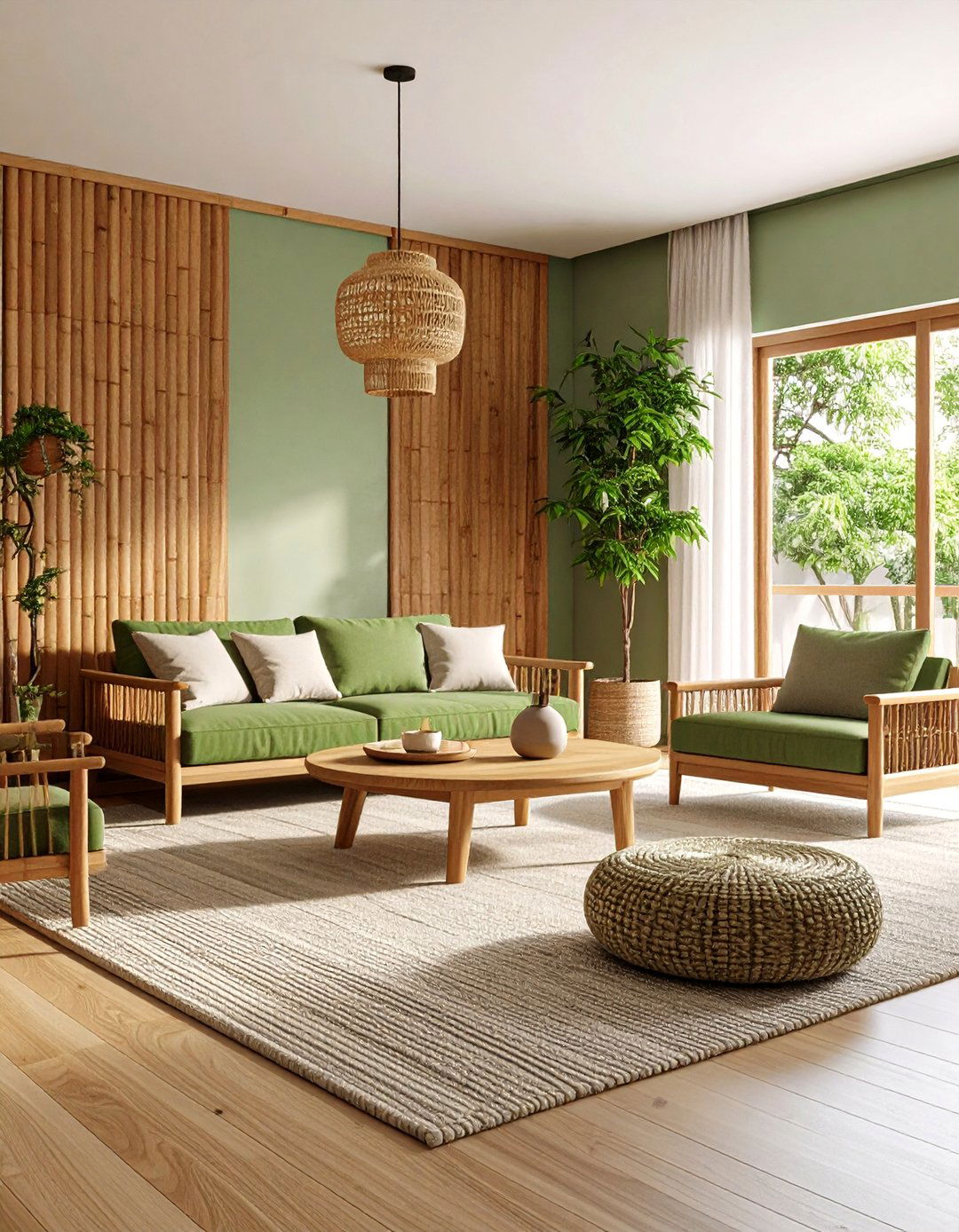
This eco-conscious living space emphasizes Korea's sustainable material traditions through extensive use of bamboo and natural fibers. The design features bamboo furniture, wall panels, and decorative elements that showcase the material's versatility and beauty. Natural fiber textiles including cotton, linen, and hemp are used for upholstery, curtains, and accessories, creating a cohesive organic aesthetic. The space incorporates traditional Korean weaving techniques and patterns through rugs, cushions, and wall hangings. Bamboo's natural antimicrobial properties and sustainability align with contemporary environmental consciousness while honoring traditional Korean values. The design includes living bamboo plants and other natural elements that reinforce the connection to nature. This living room design demonstrates how traditional Korean materials can create contemporary spaces that are both environmentally responsible and aesthetically beautiful while celebrating cultural craftsmanship.
12. Natural Light Korean Living Room
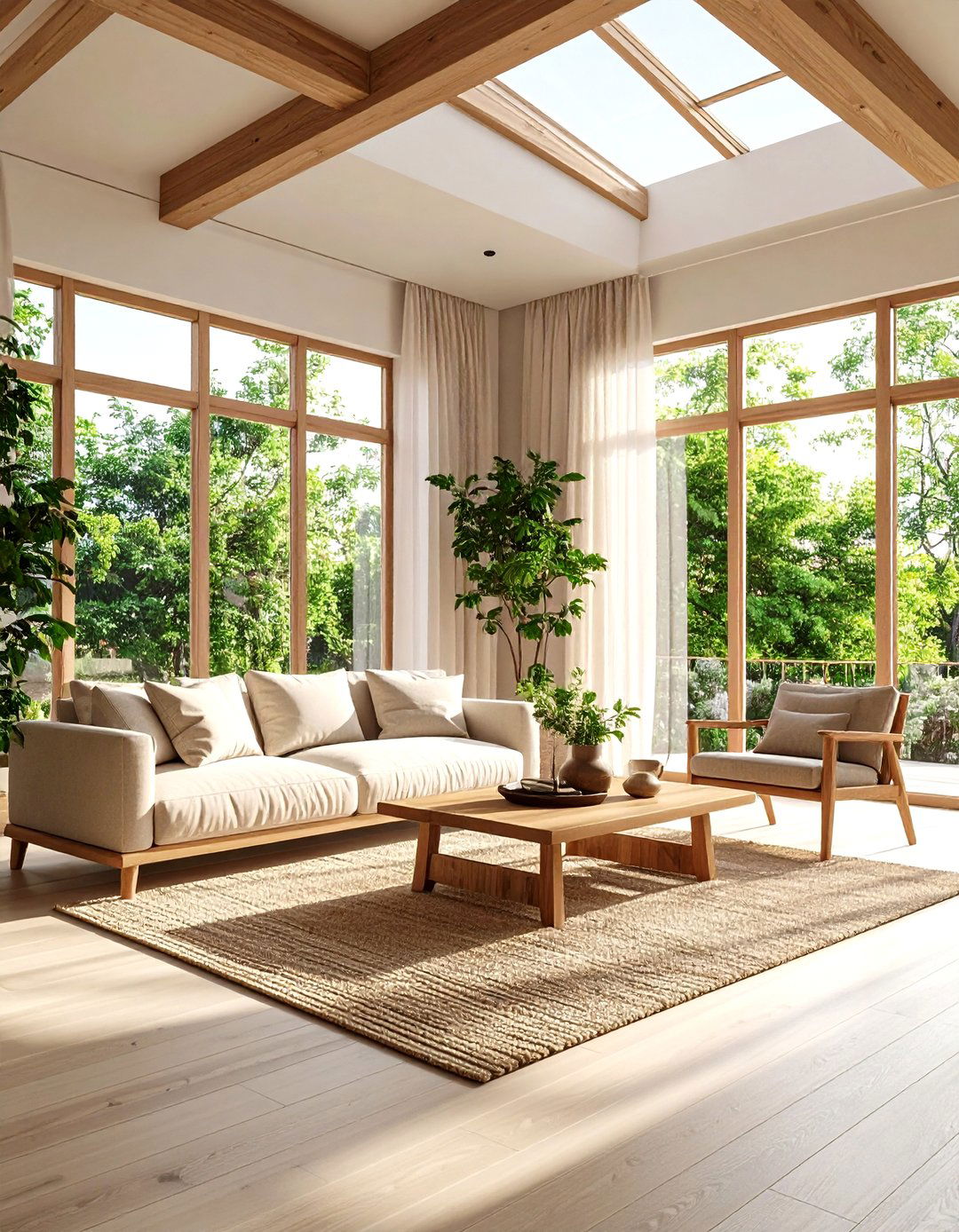
This bright, airy living space maximizes natural illumination through strategic window placement and light-enhancing design elements. The design features large windows, skylights, and glass doors that flood the space with daylight throughout the day. Light-colored surfaces, mirrors, and reflective materials amplify natural light, creating a sense of spaciousness and energy. Sheer curtains and traditional hanji screens filter harsh light while maintaining brightness and privacy. The layout positions seating areas to take advantage of natural light patterns, creating comfortable reading nooks and gathering spaces. Indoor plants thrive in the bright environment, adding life and freshness to the space. The design balances openness with comfort, using light colors and materials that reflect rather than absorb illumination. This living room design embodies Korean appreciation for natural light as a design element that enhances both beauty and wellbeing.
13. Zen-Inspired Korean Living Room

This meditative living space creates a peaceful sanctuary through Korean-influenced Zen design principles and mindful material selection. The design emphasizes simplicity, balance, and natural harmony through carefully chosen elements that promote relaxation and contemplation. The space features meditation corners, low seating areas, and minimal decoration that encourages introspection and calm. Natural materials like stone, wood, and water elements create sensory connections to nature. The color palette uses soft, muted tones that support mental tranquility and emotional balance. Traditional Korean elements like small gardens, stone arrangements, and bamboo details enhance the meditative atmosphere. The design incorporates negative space as an active element, allowing the mind to rest and focus. This living room design demonstrates how Korean aesthetic principles can create therapeutic environments that support mental wellbeing and spiritual practice.
14. Multifunctional Korean Living Room
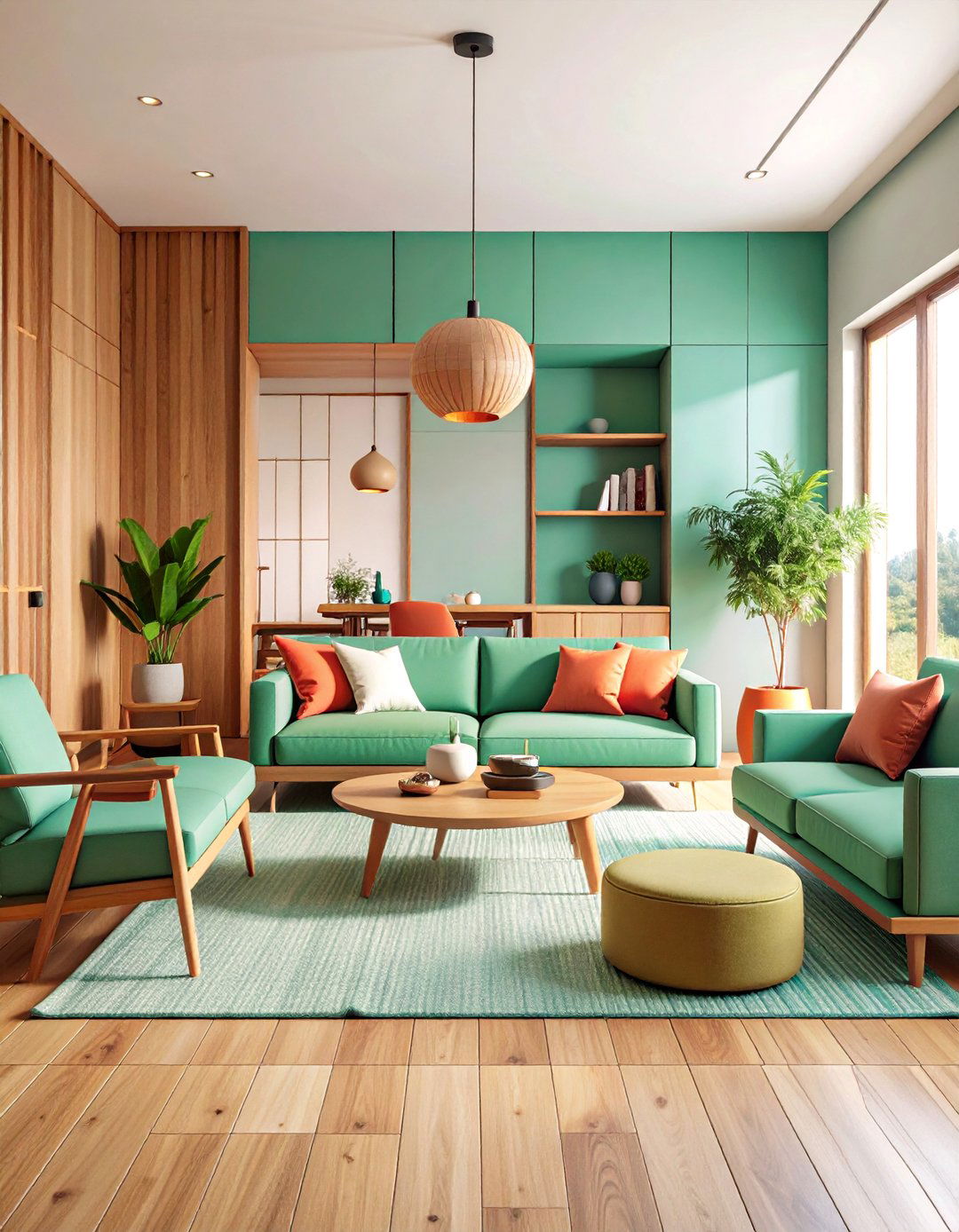
This efficient living space maximizes utility through clever design solutions that reflect Korean values of practicality and resourcefulness. The design features modular furniture, hidden storage systems, and convertible elements that serve multiple purposes without compromising style. Foldable tables, storage ottomans, and wall-mounted systems provide flexibility for different activities throughout the day. The space easily transitions from entertainment area to workspace to relaxation zone through moveable elements and adaptable lighting. Traditional Korean efficiency principles are expressed through modern storage solutions and space-saving designs. The layout emphasizes flow and accessibility, ensuring that all areas serve multiple functions effectively. This living room design shows how Korean design philosophy can create contemporary spaces that are both beautiful and highly functional, accommodating diverse lifestyle needs within compact, well-organized environments.
15. Achromatic Korean Living Room
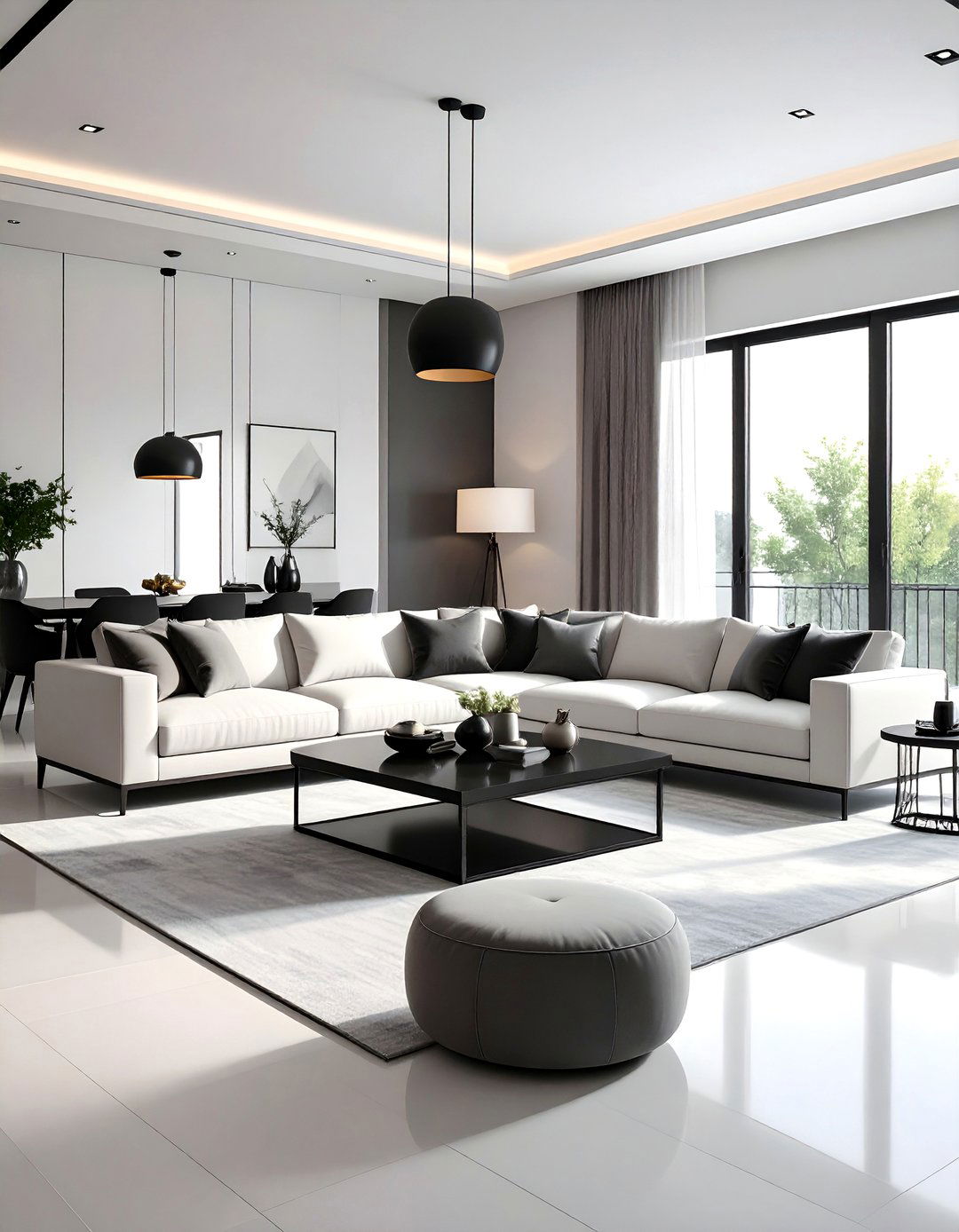
This sophisticated monochromatic design uses Korea's urban aesthetic principles to create a striking black, white, and gray living space. The design features high-contrast elements, geometric patterns, and sleek surfaces that reflect contemporary Korean city style. Black leather seating, white walls, and gray accents create dramatic visual impact while maintaining sophisticated restraint. Metallic details in chrome or brushed steel add contemporary edge and reflect light throughout the space. The design incorporates traditional Korean proportions and balance principles through modern, geometric interpretations. Textural variety prevents the monochromatic scheme from feeling flat, using different materials and finishes to create depth. This living room design demonstrates how Korean design principles can be interpreted through contemporary urban aesthetics, creating spaces that are both bold and refined.
16. Soft Maximalism Korean Living Room

This contemporary Korean approach balances minimalist principles with carefully curated layers of color and texture. The design features soft pastel colors, textured materials, and eclectic accessories that create richness without overwhelming the space. Traditional Korean elements are mixed with modern pieces, creating visual interest through thoughtful contrast and complement. The space includes vintage ceramics, contemporary art, and natural materials that tell a story while maintaining overall harmony. Layered textiles, plants, and personal collections add warmth and personality without cluttering the environment. The design demonstrates how Korean aesthetic principles can accommodate personal expression and cultural artifacts while maintaining sophistication. This living room design shows the evolution of Korean style, embracing both tradition and individual creativity within a cohesive, livable framework.
17. Indoor Garden Korean Living Room
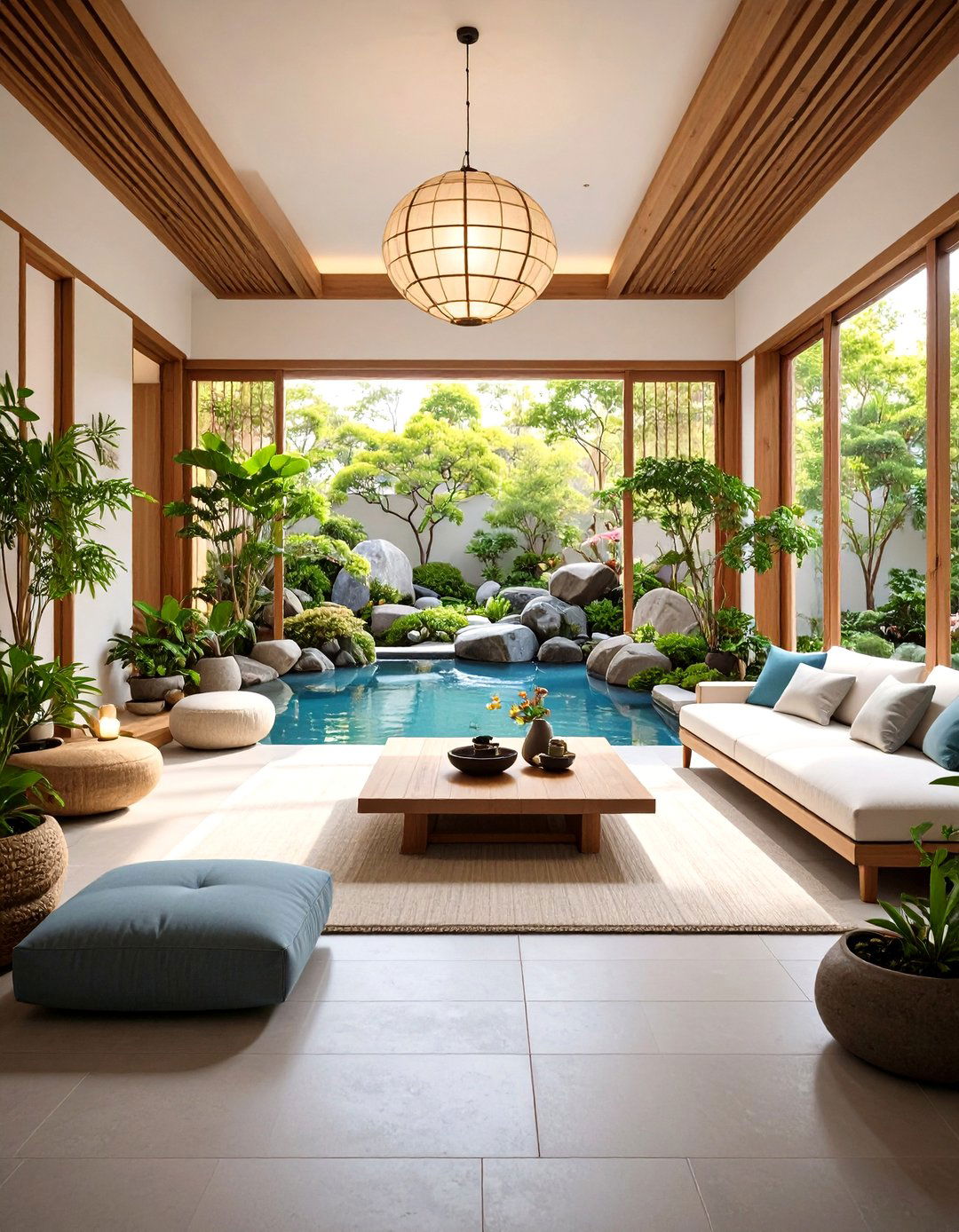
This nature-integrated living space brings Korean garden principles indoors through extensive plant life and natural elements. The design features living walls, potted plants, and botanical arrangements that create a green oasis within the home. Traditional Korean gardening philosophy emphasizes balance, seasonal change, and natural beauty through carefully selected and arranged plants. The space includes water features, stone elements, and natural materials that support plant life while enhancing the overall aesthetic. Natural light is maximized to support plant growth, creating a symbiotic relationship between architecture and nature. The design incorporates traditional Korean plant varieties alongside modern horticultural techniques. This living room design demonstrates how Korean reverence for nature can be expressed through contemporary indoor gardening, creating spaces that are both beautiful and beneficial for physical and mental health.
18. Korean Artisan Craft Living Room
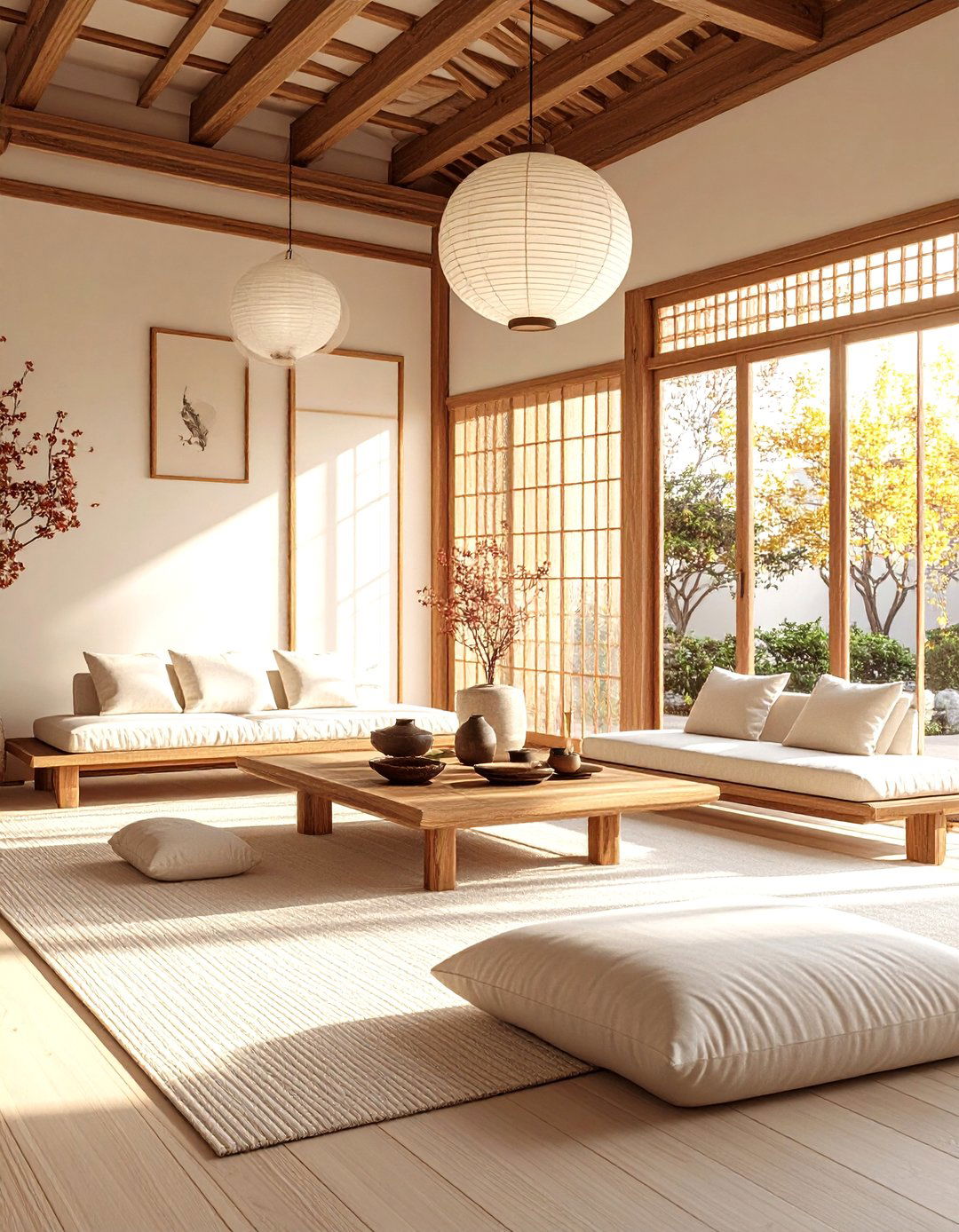
This culturally authentic living space showcases traditional Korean craftsmanship through handmade furniture, textiles, and decorative elements. The design features pieces created by contemporary Korean artisans who maintain traditional techniques while adapting to modern needs. Hand-carved wooden furniture, traditional metalwork, and artisan-made ceramics create unique focal points that celebrate Korean cultural heritage. The space includes traditional Korean patterns, natural dyes, and regional crafting techniques that reflect the country's diverse artistic traditions. Modern interpretations of traditional crafts are integrated alongside historical pieces, creating dialogue between past and present. The design emphasizes the human touch and individual artistry that distinguishes handmade items from mass-produced goods. This living room design honors Korean cultural traditions while supporting contemporary artisans and craftspeople.
19. Korean Stone and Earth Living Room

This grounding design emphasizes Korea's relationship with natural earth materials through stone, clay, and mineral elements. The space features stone walls, earthenware pottery, and natural clay finishes that create texture and warmth. Traditional Korean stone arrangements and rock gardens are adapted for interior use, creating focal points that connect to landscape traditions. The design incorporates different stone types and finishes, from polished granite to rough fieldstone, creating tactile variety and visual interest. Earth-toned colors and natural materials support the stone elements while maintaining overall harmony. The space includes traditional Korean stone crafts and contemporary interpretations that demonstrate the material's versatility. This living room design celebrates Korea's geological heritage while creating contemporary spaces that feel solid, permanent, and connected to the natural world.
20. Modern Korean Fusion Living Room
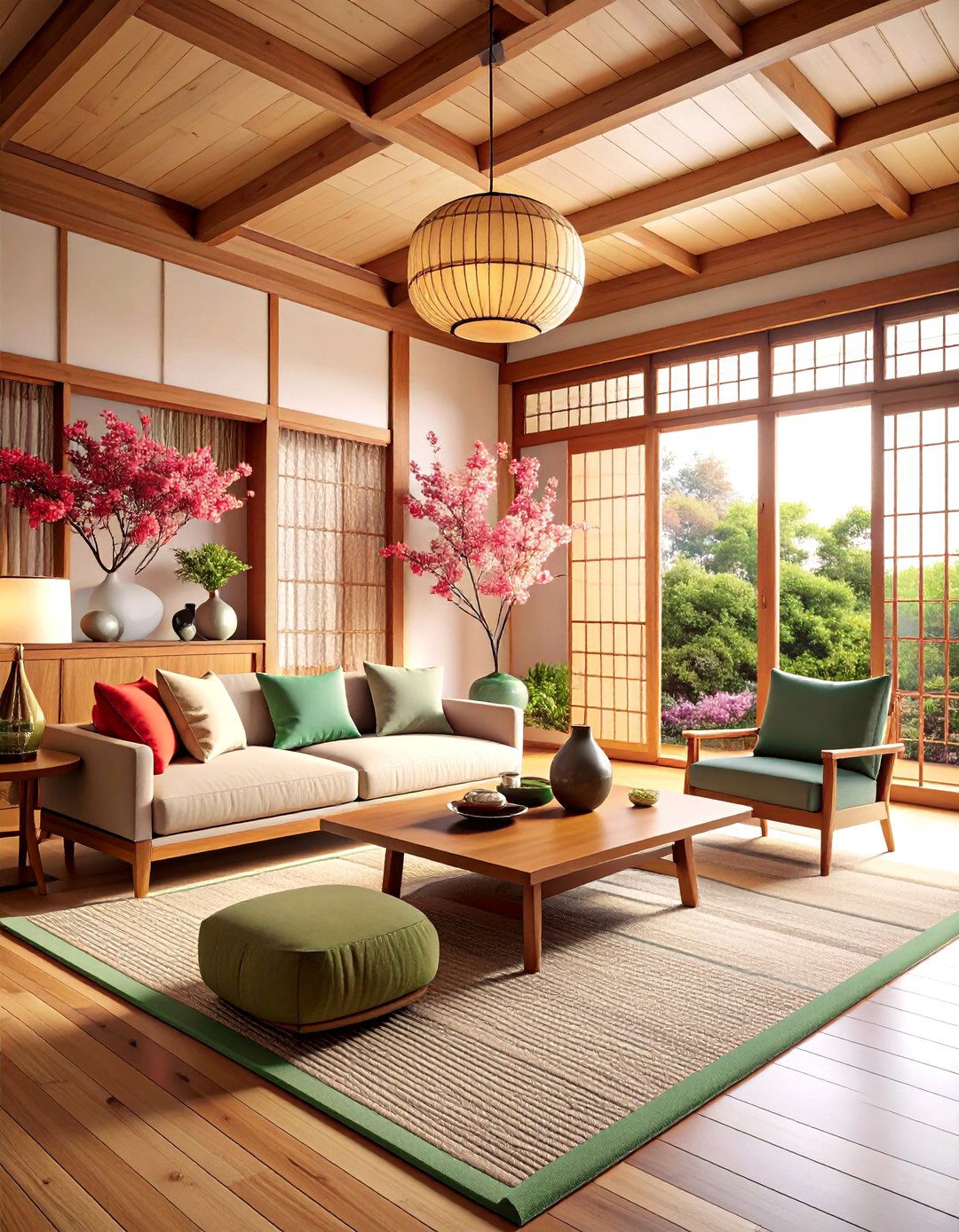
This innovative design approach combines Korean traditional elements with international influences to create a globally-inspired yet culturally rooted living space. The design features Korean furniture and decorative elements alongside pieces from other cultures, creating an eclectic but harmonious environment. Traditional Korean proportions and principles guide the arrangement while allowing for diverse materials and styles. The space includes contemporary Korean art, international textiles, and modern technology that reflect Korea's global cultural position. Color palettes blend Korean neutrals with international accent colors, creating sophisticated and worldly atmospheres. The design demonstrates how Korean design principles can provide a foundation for cross-cultural design exploration while maintaining cultural authenticity. This living room design represents the future of Korean style, showing how traditional values can embrace global influences while maintaining distinct Korean identity.
Conclusion:
Korean living room design offers a masterful blueprint for creating spaces that balance serenity with functionality, tradition with innovation. These twenty distinct approaches demonstrate how Korean aesthetic principles can be adapted to diverse preferences while maintaining core values of natural harmony, thoughtful simplicity, and cultural authenticity. From traditional hanok-inspired spaces to contemporary fusion designs, each concept celebrates Korea's rich design heritage while addressing modern living needs. Whether incorporating ondol heating systems, hanji screens, or artisan crafts, these living rooms prove that Korean design continues to evolve while honoring its foundational principles of balance, natural beauty, and mindful living.


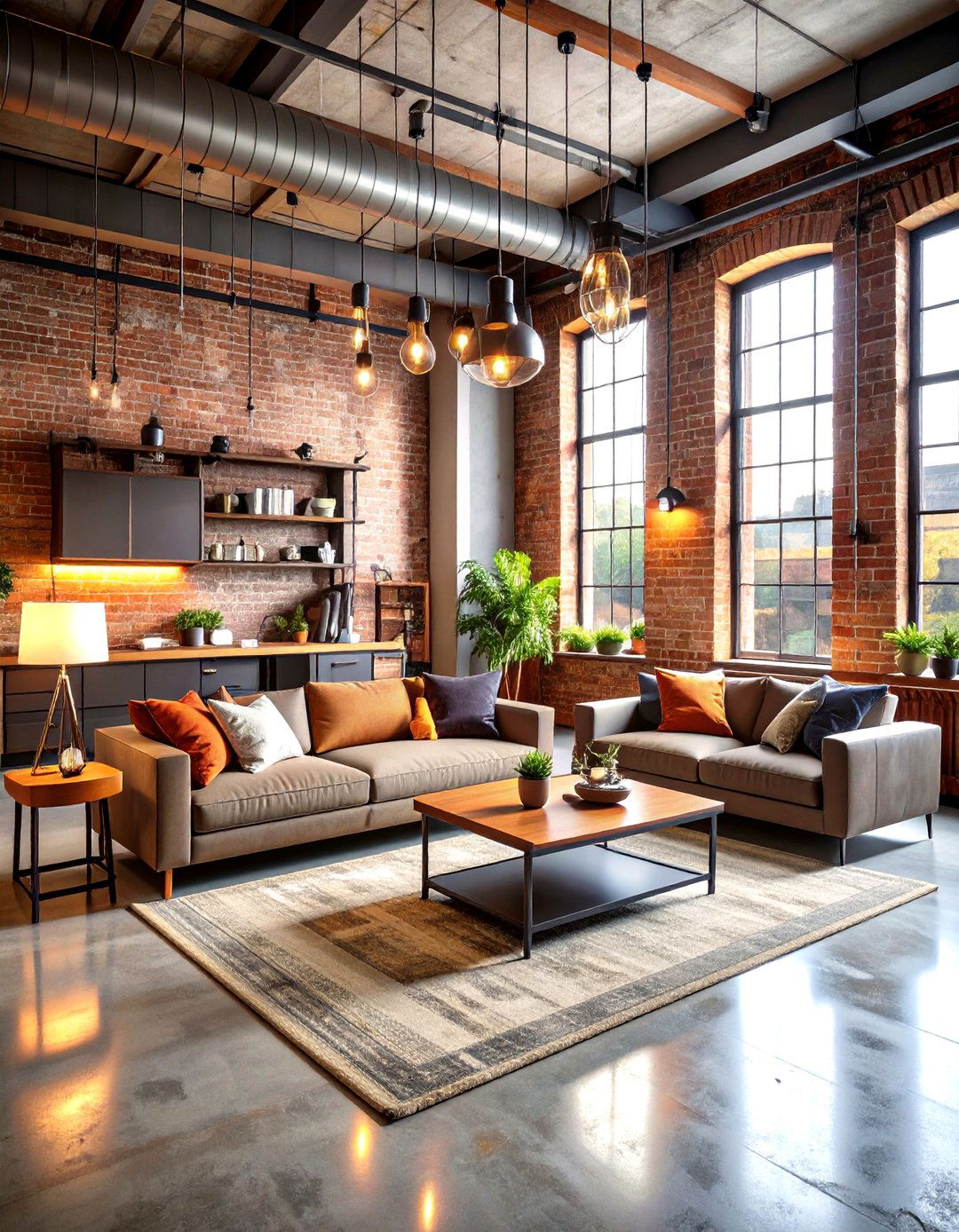


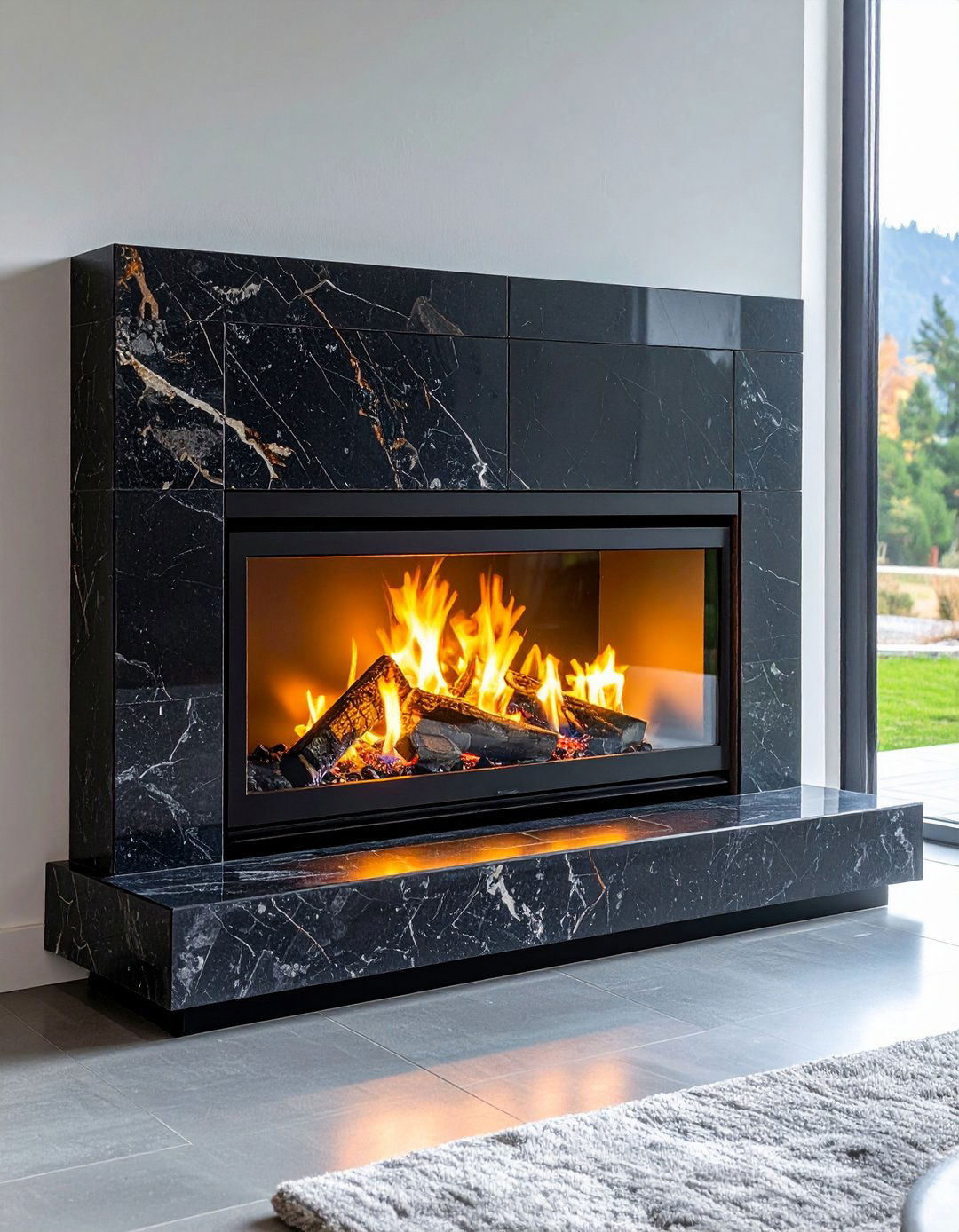
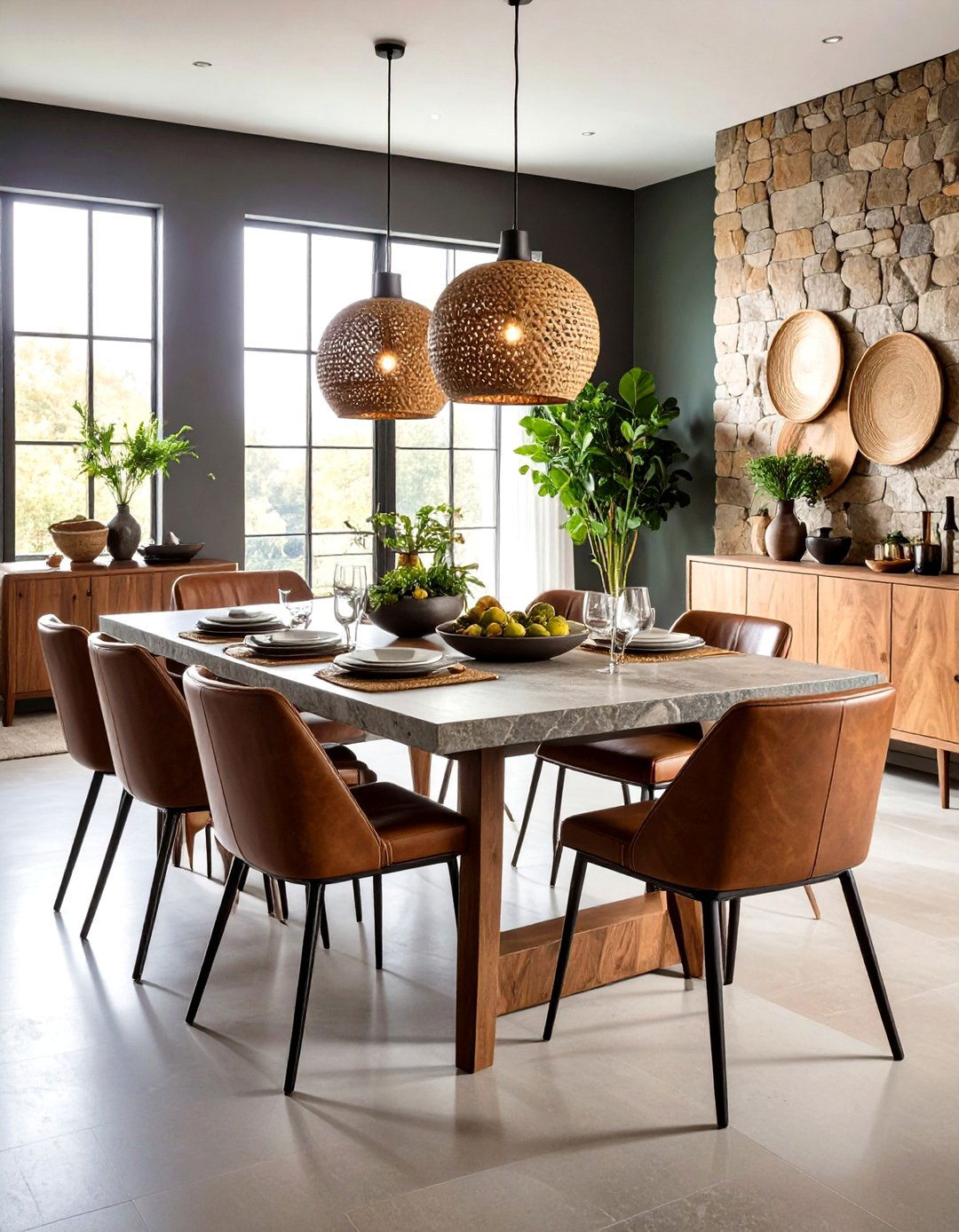
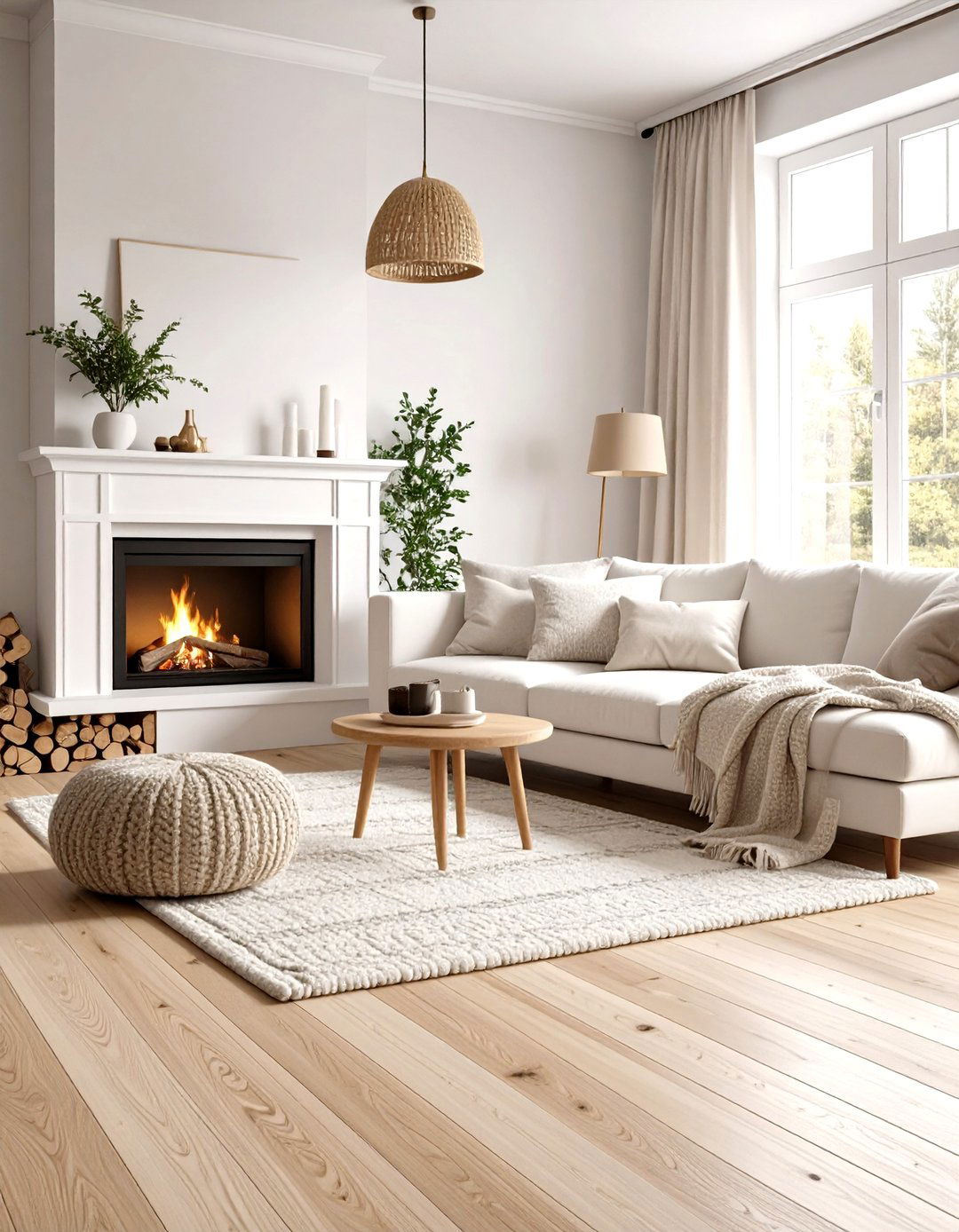
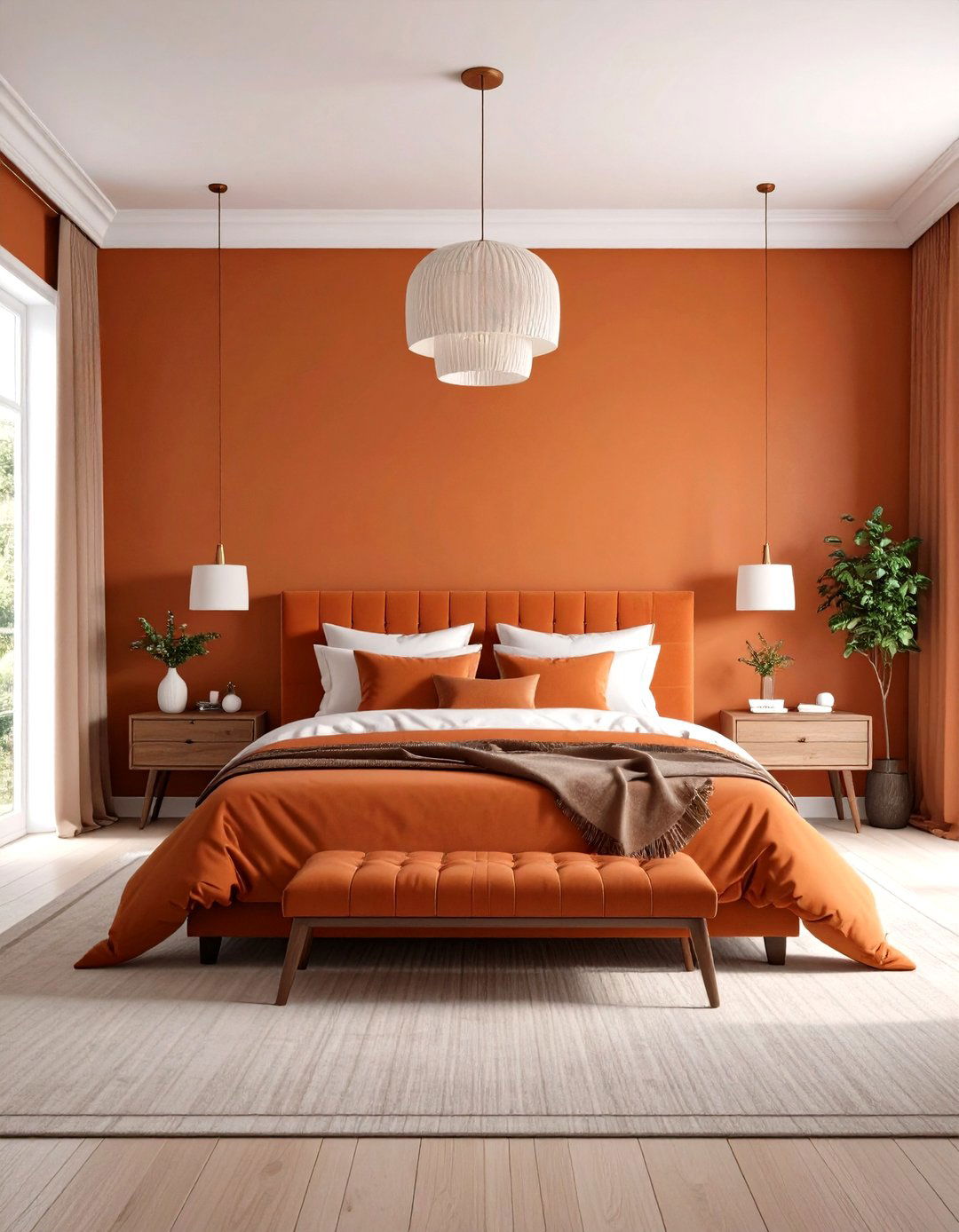
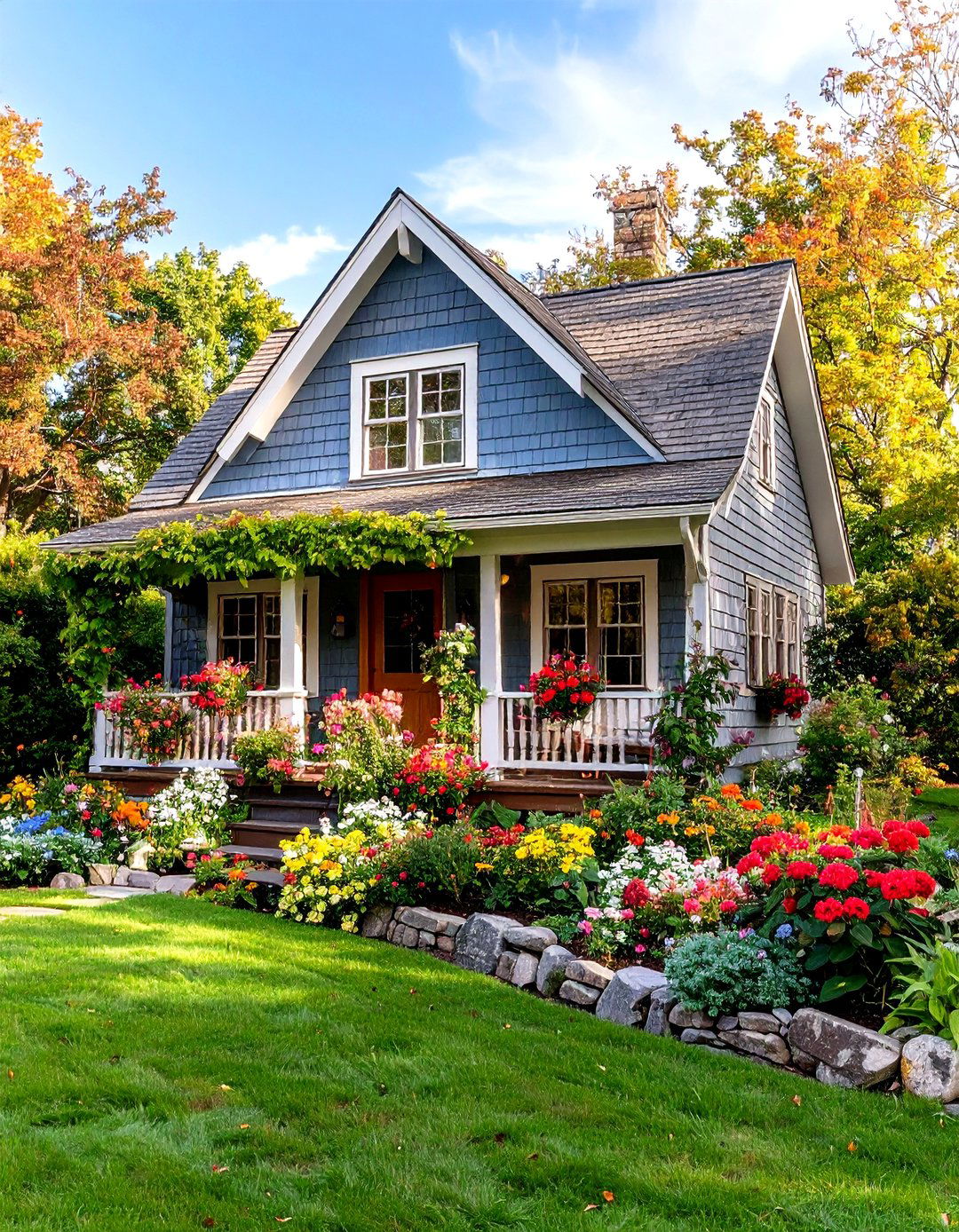
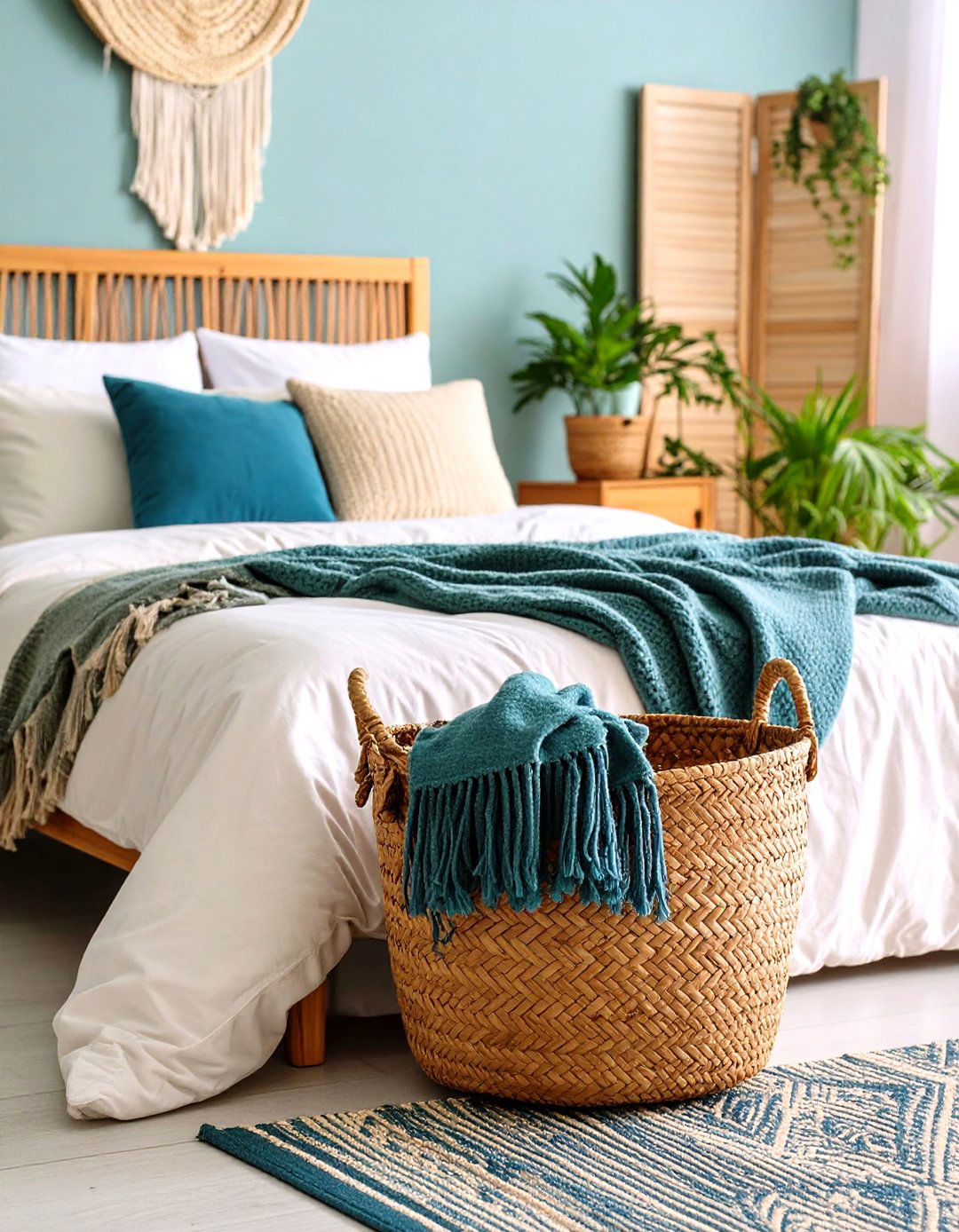
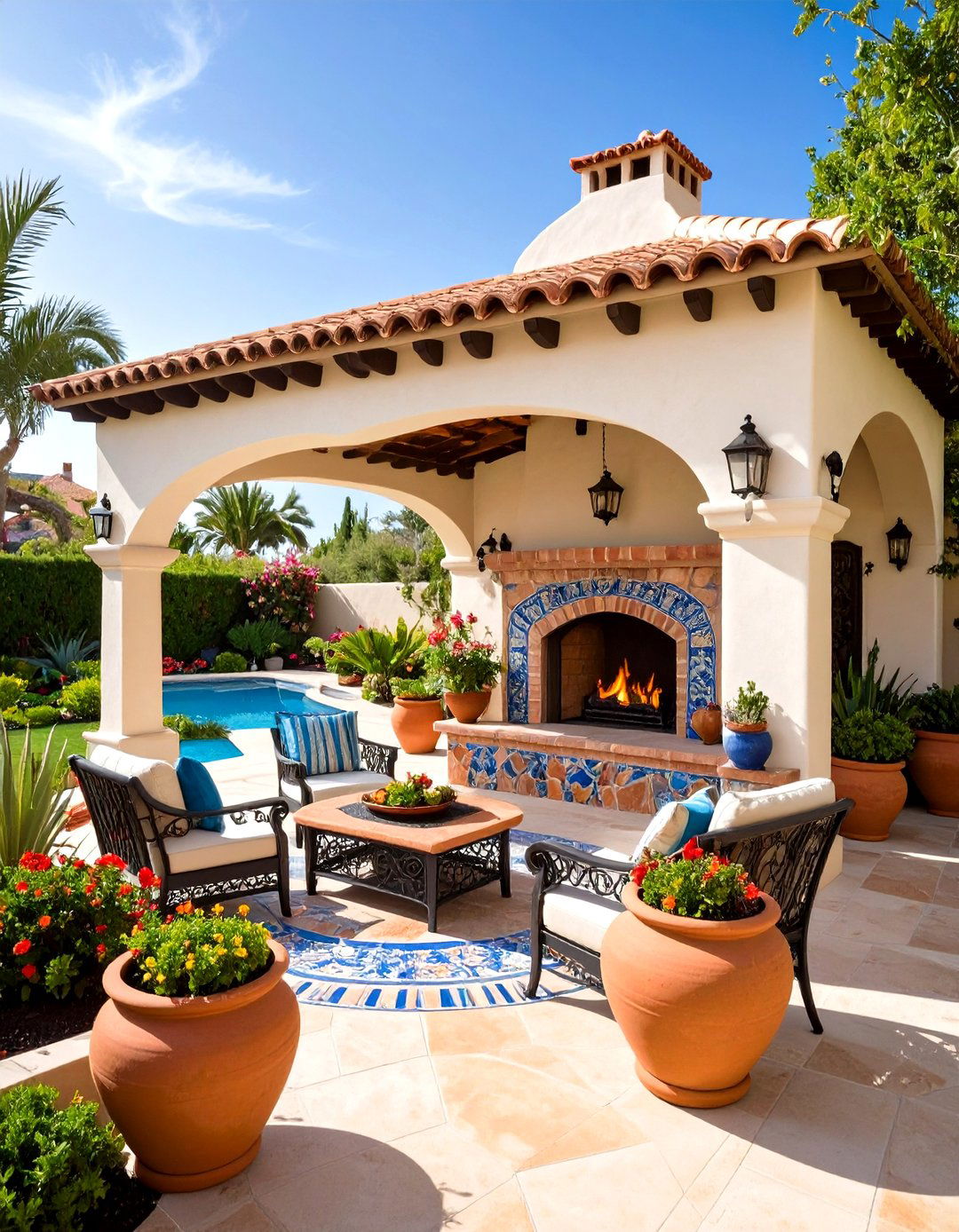

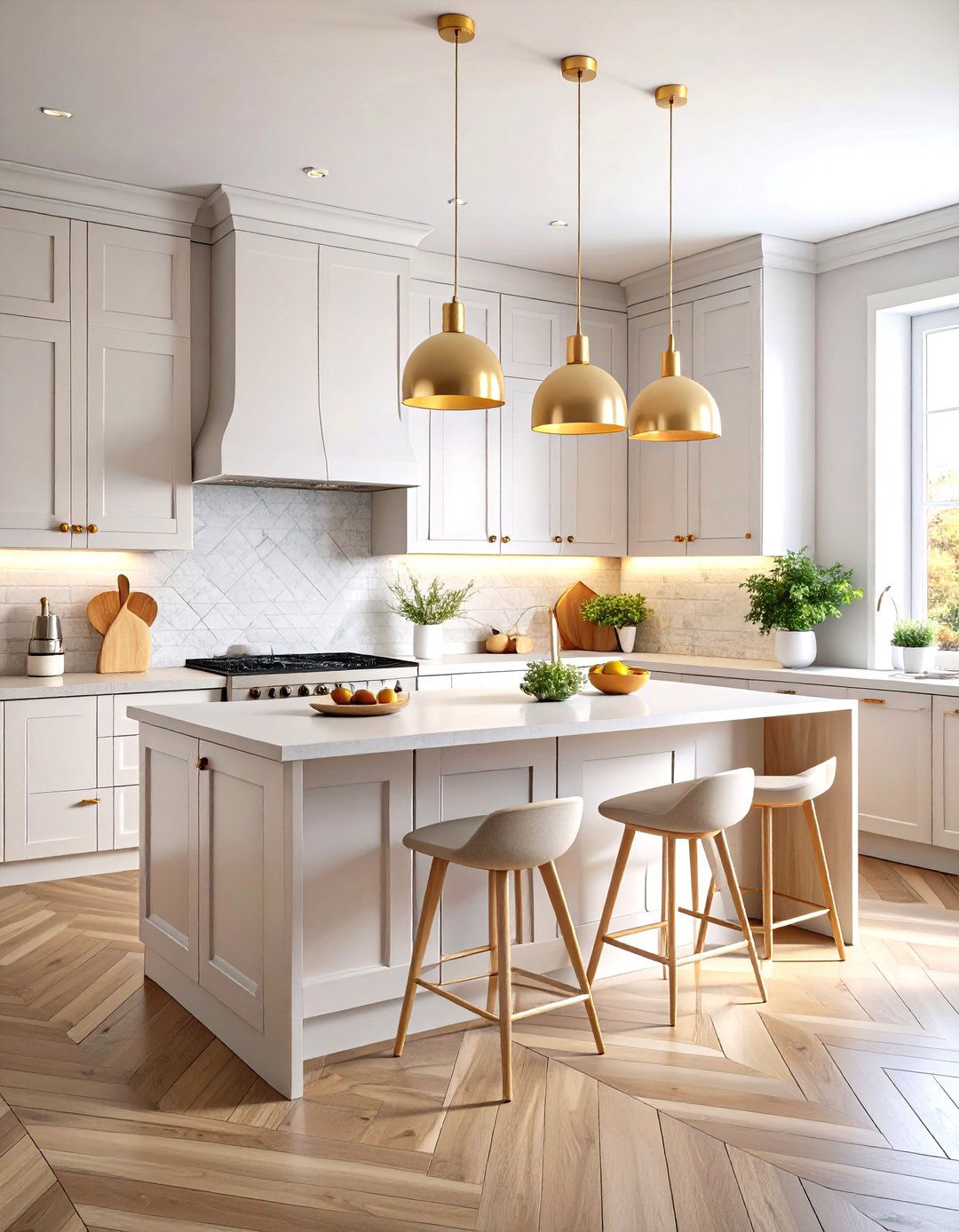
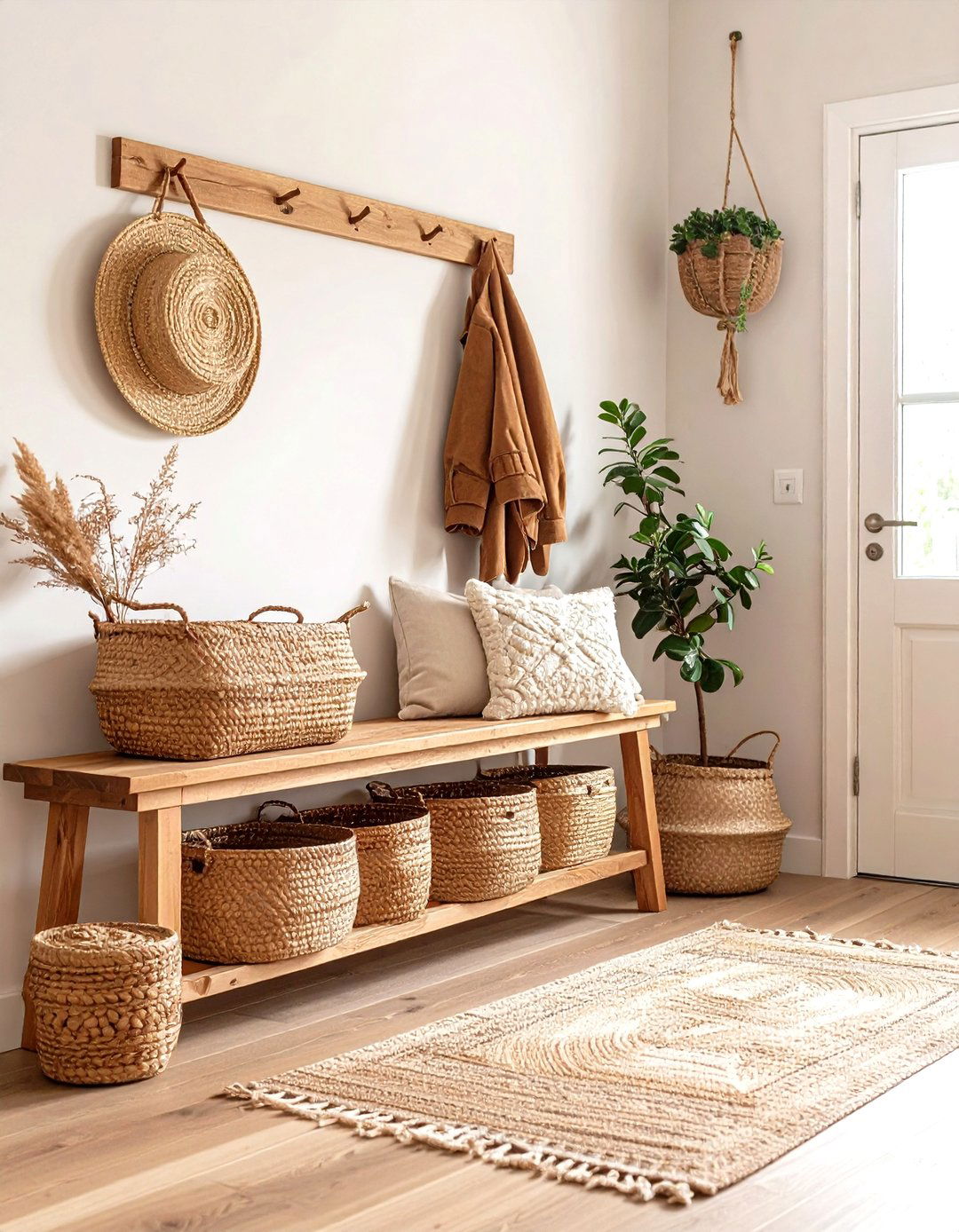
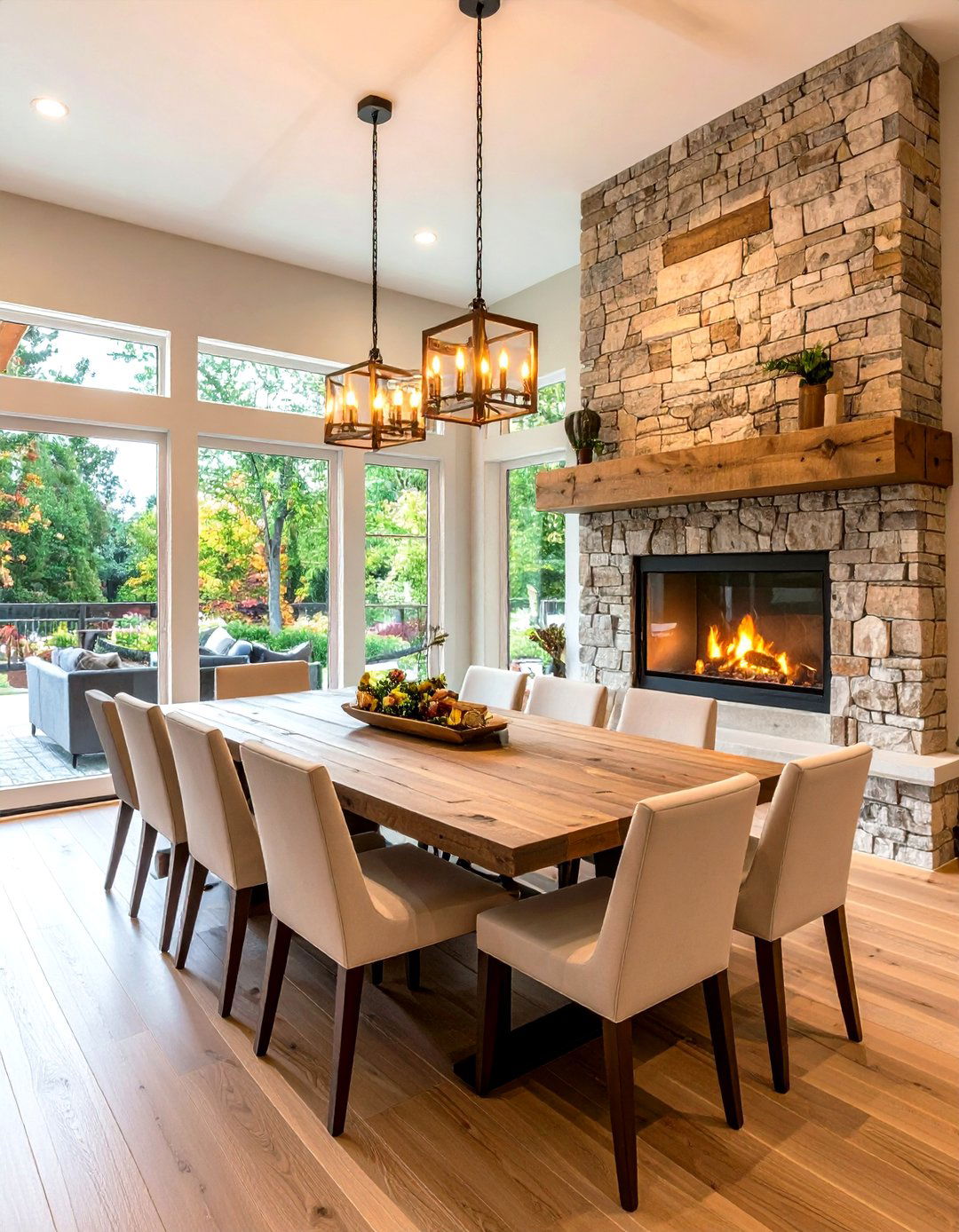
Leave a Reply